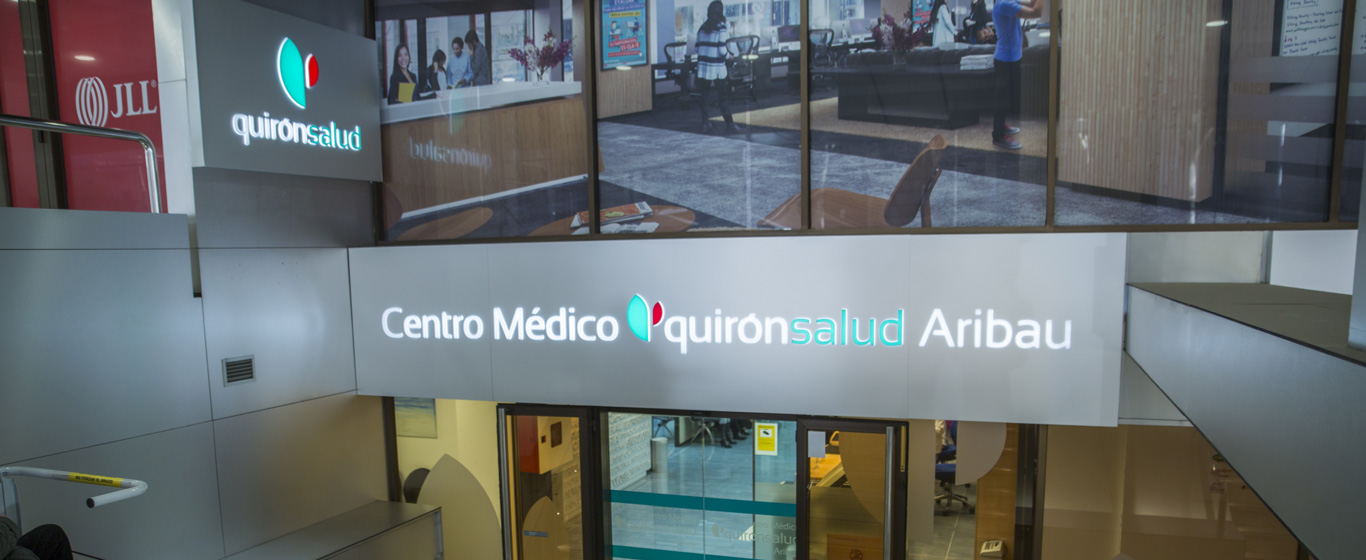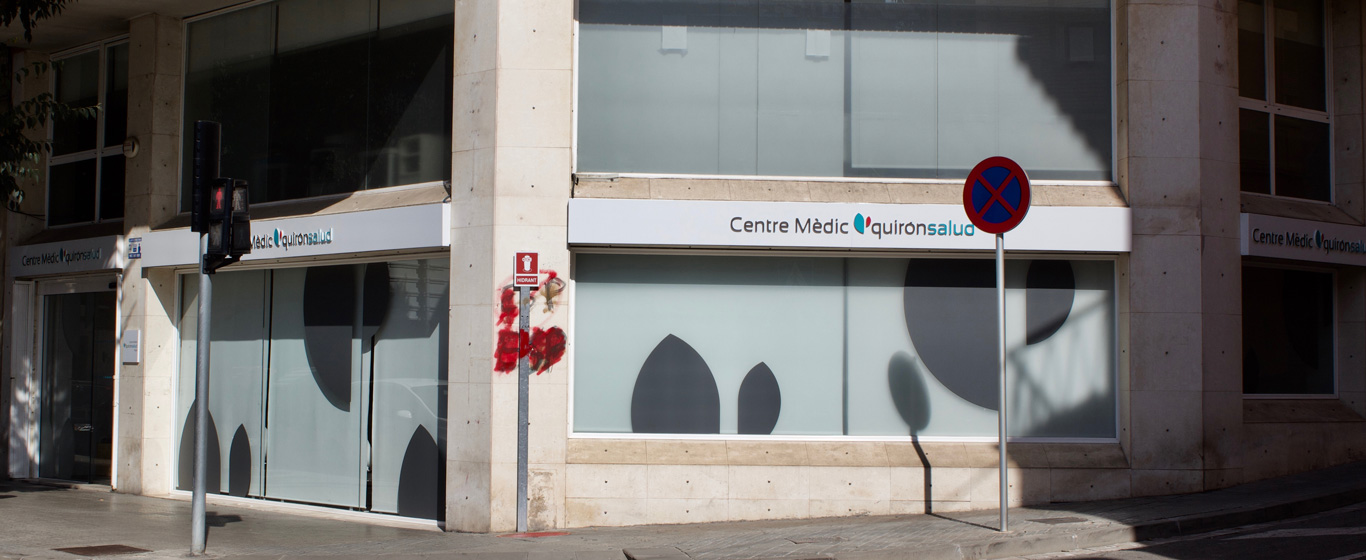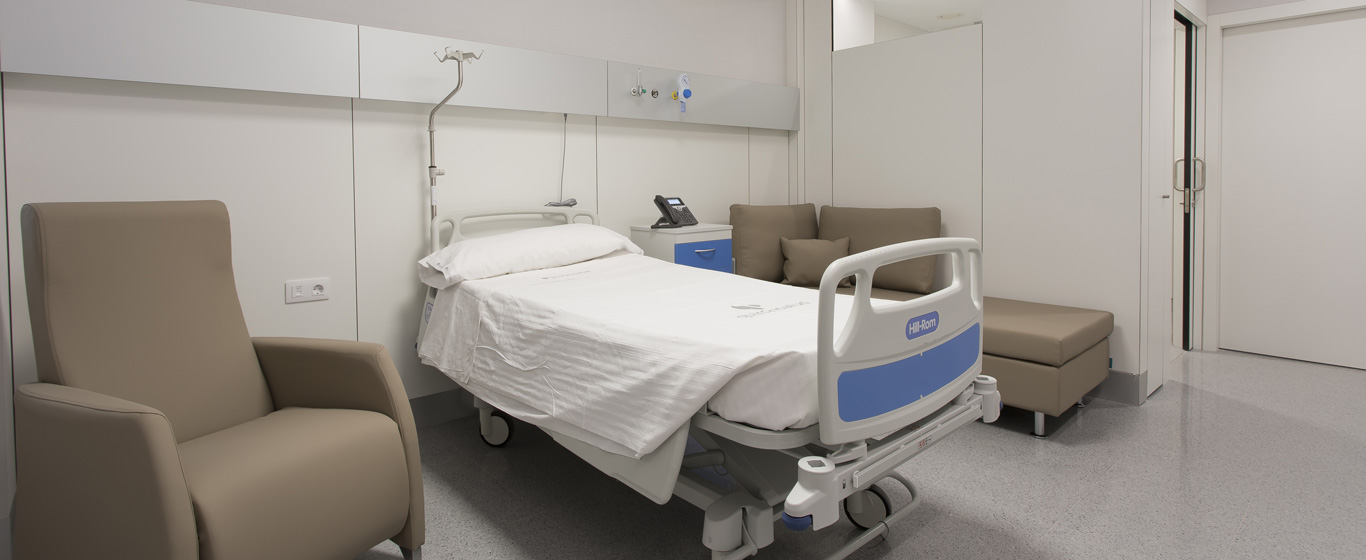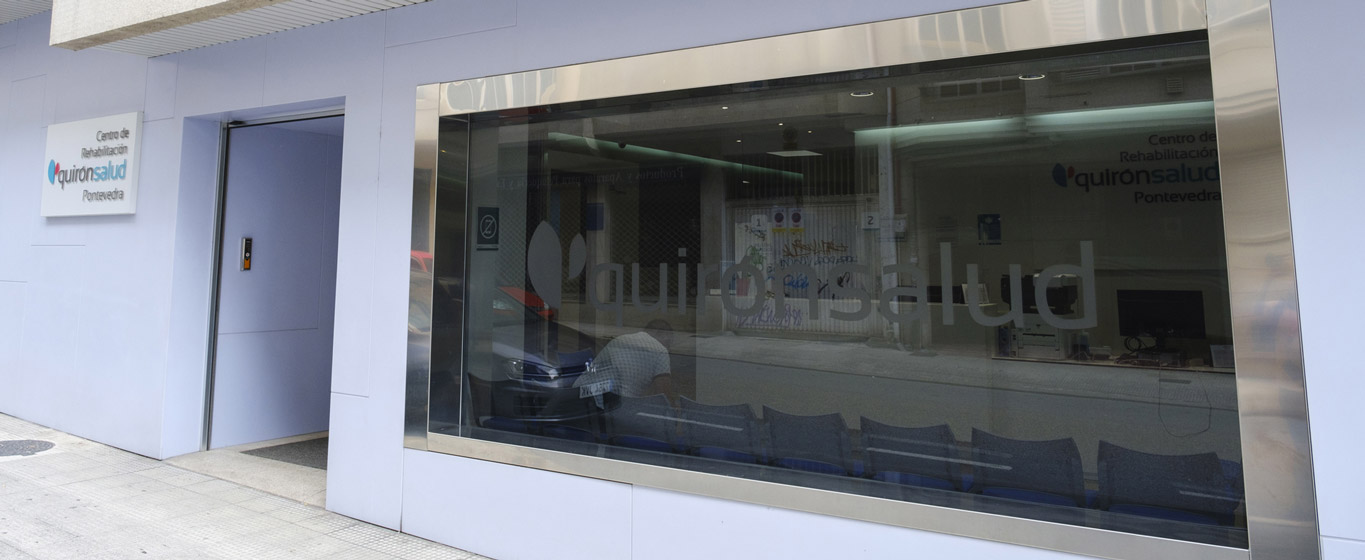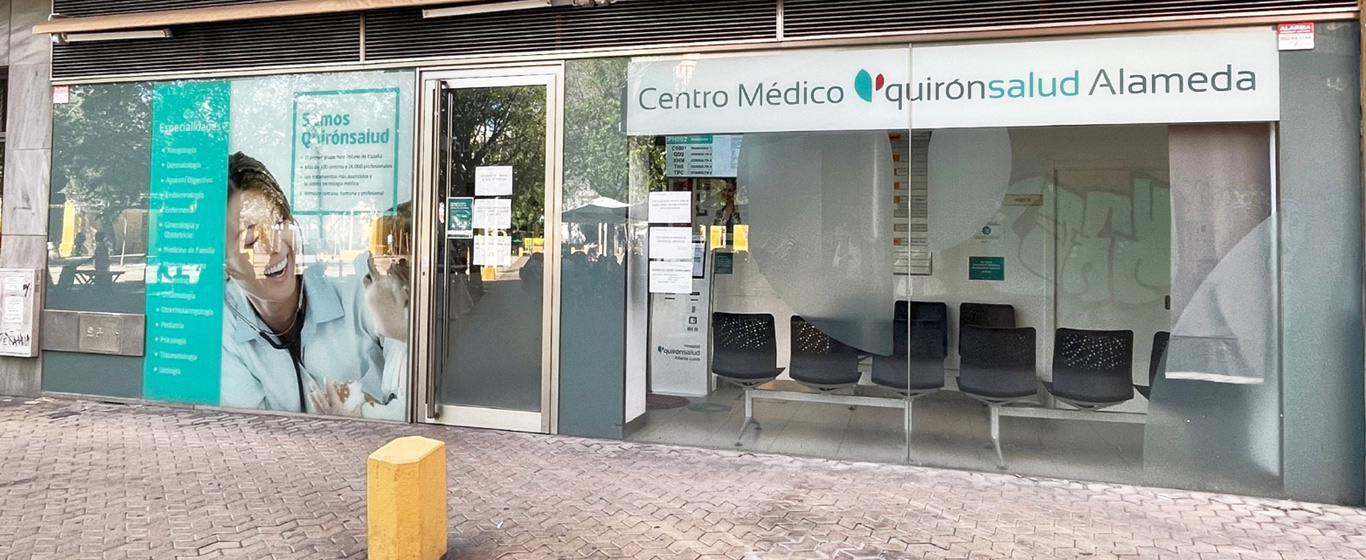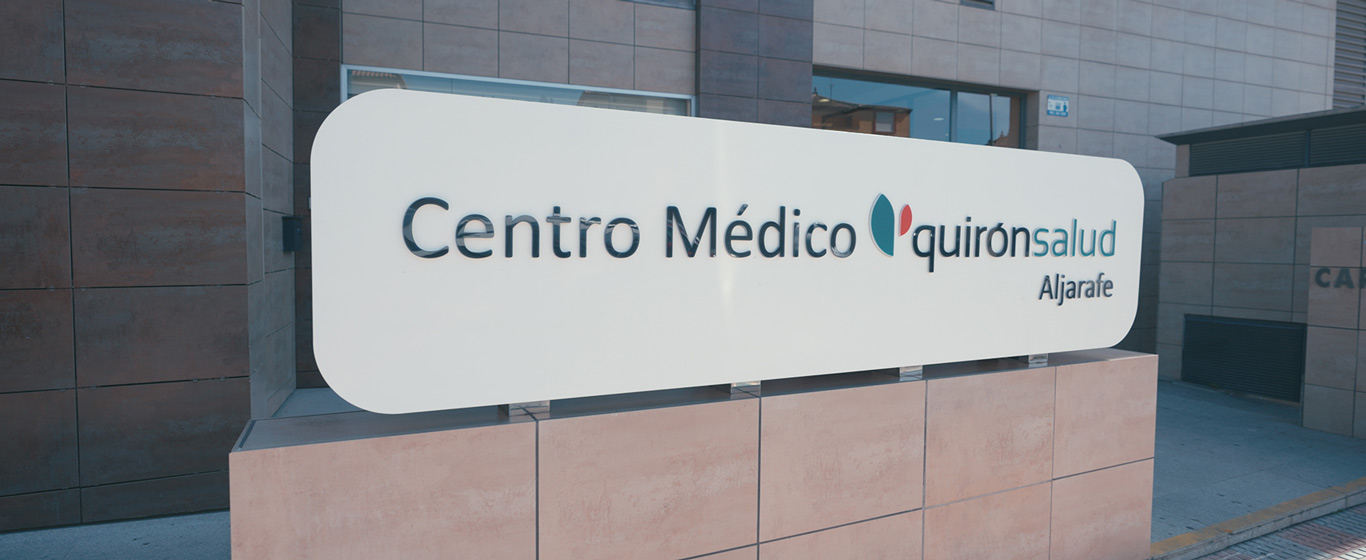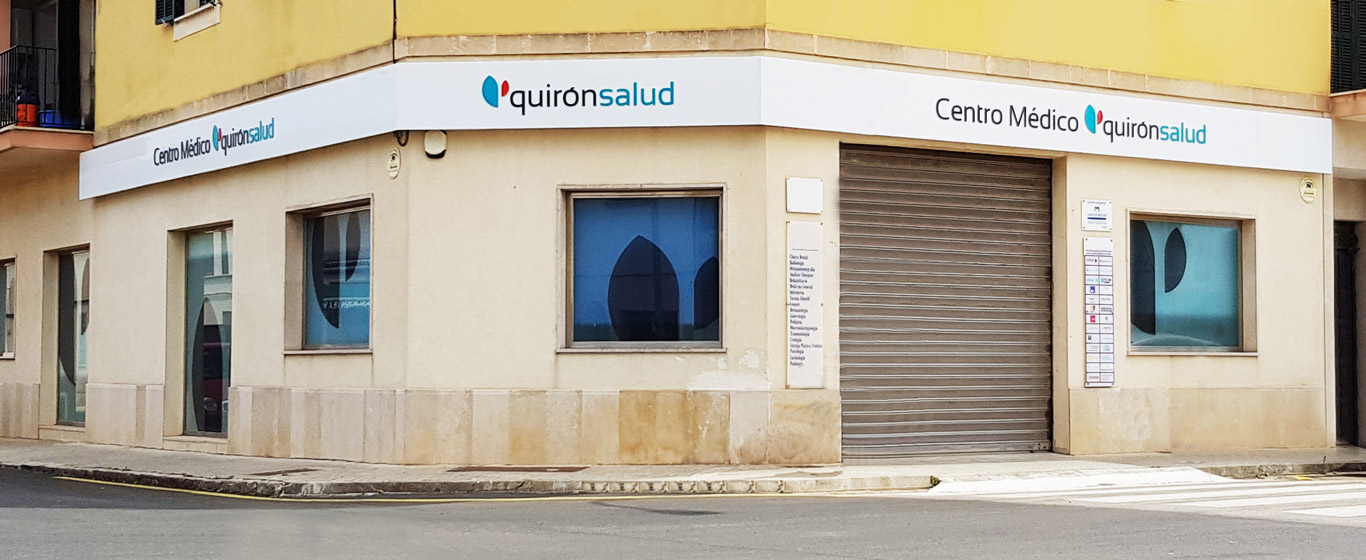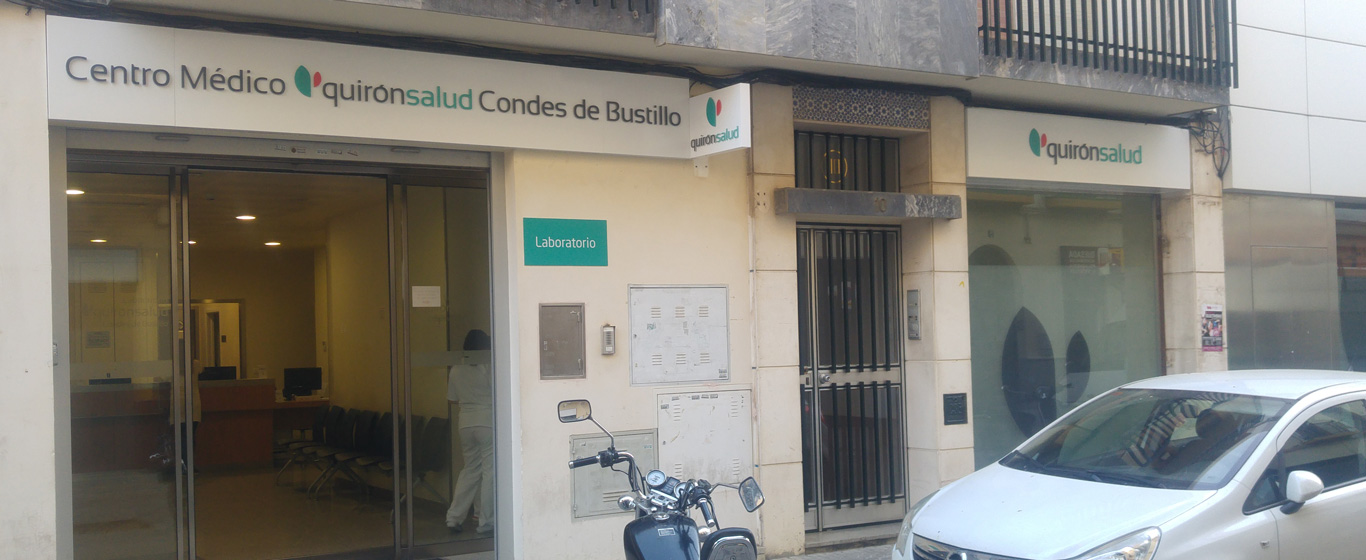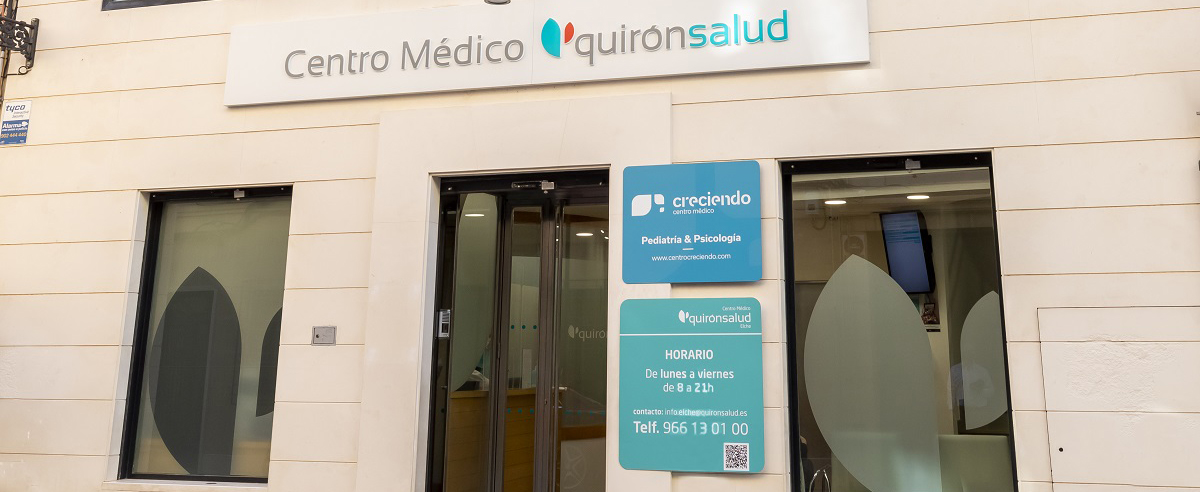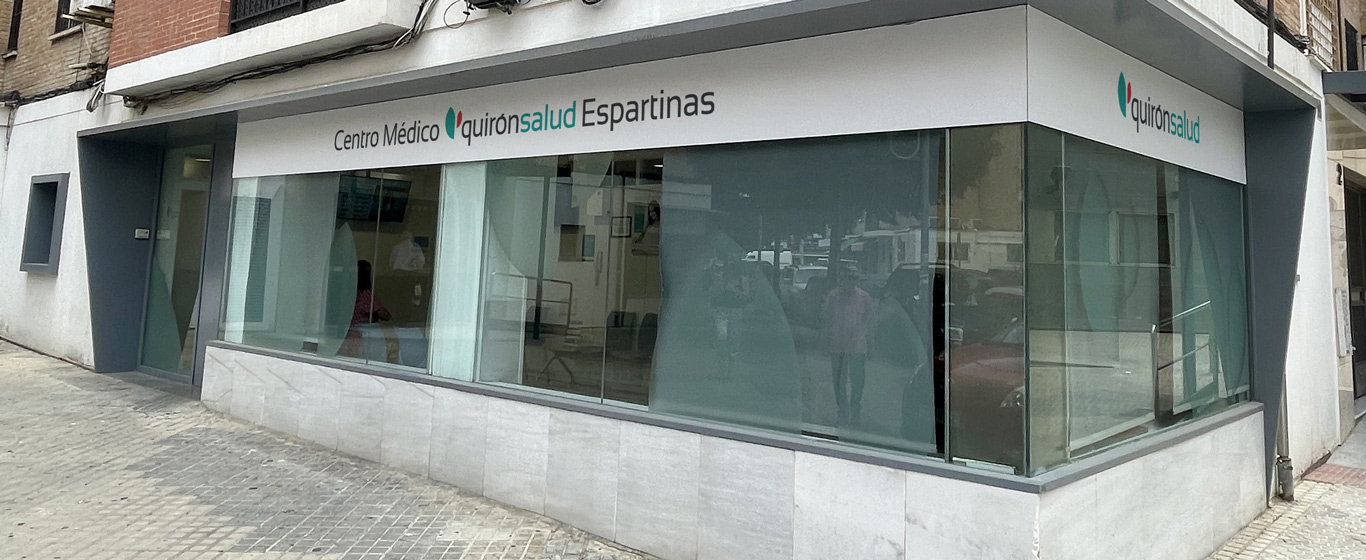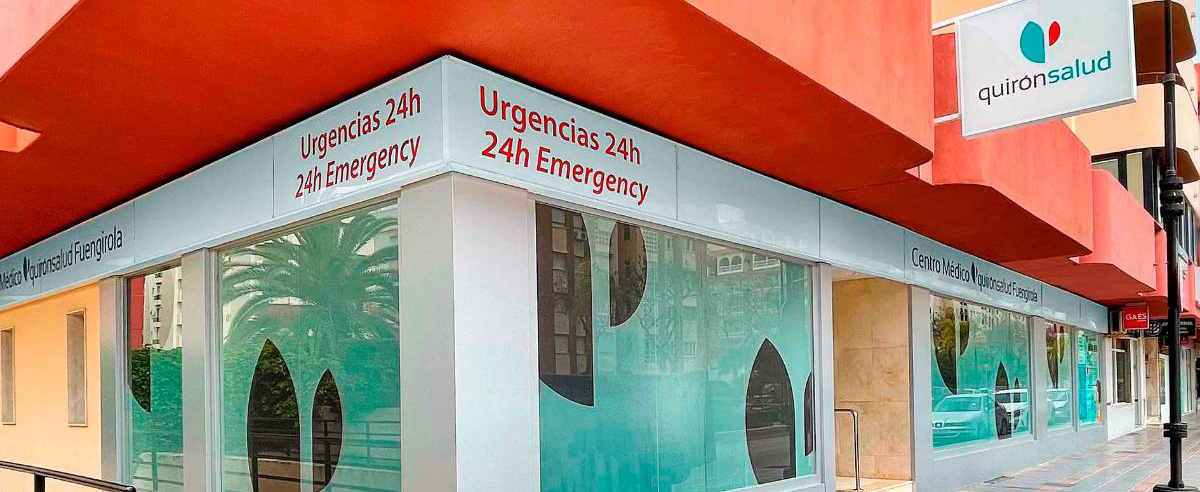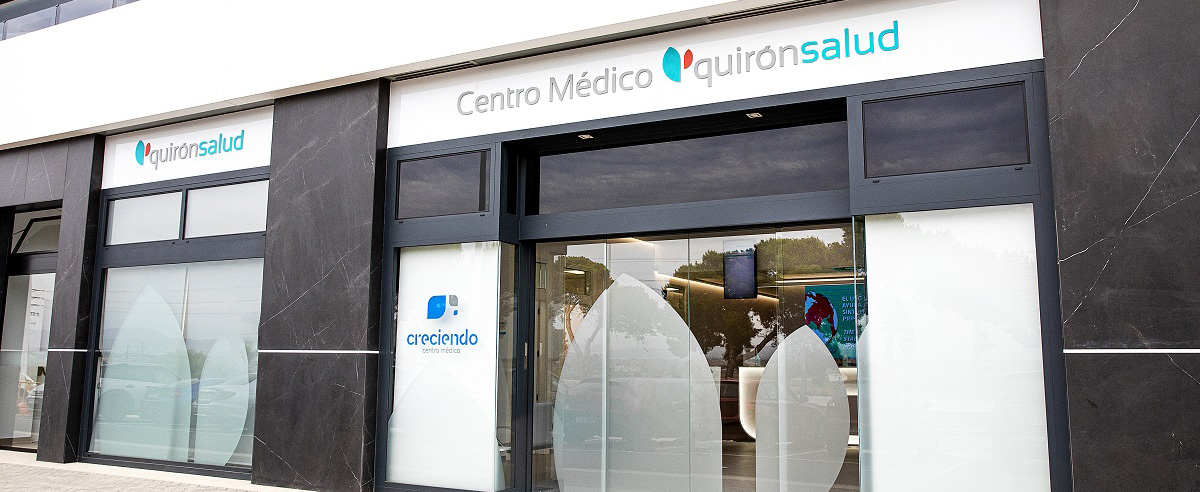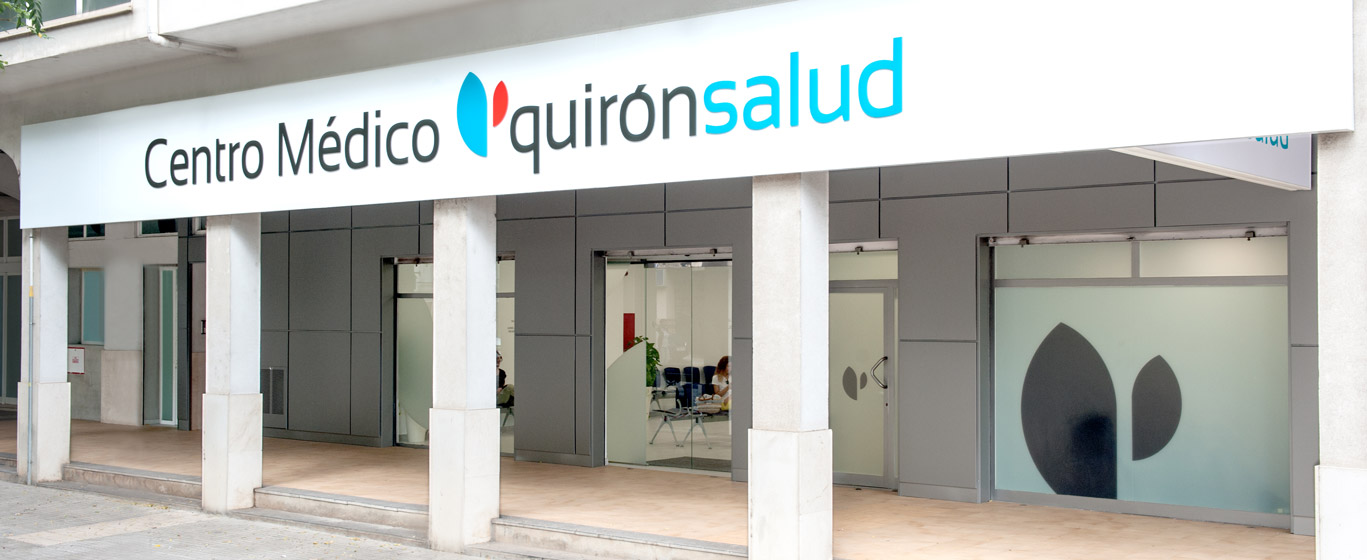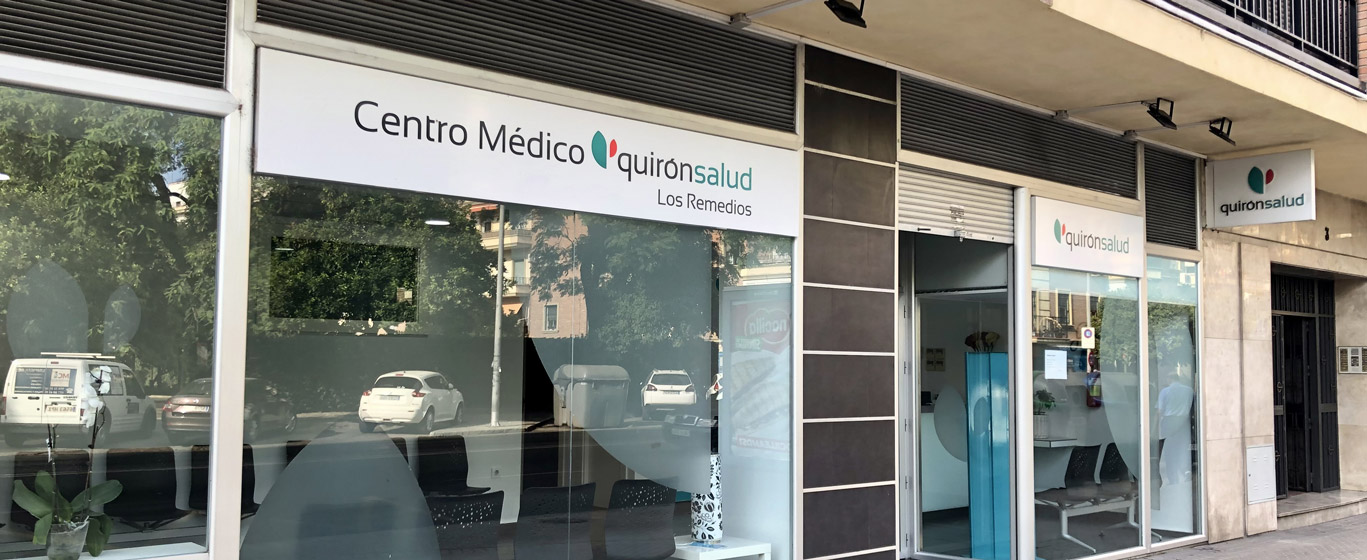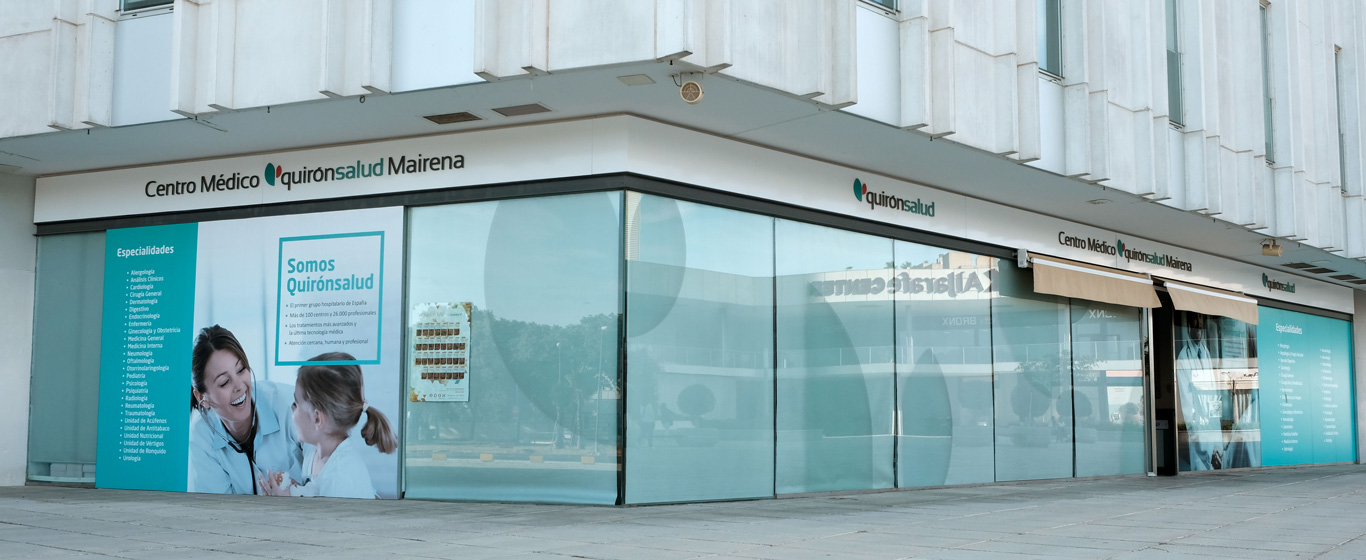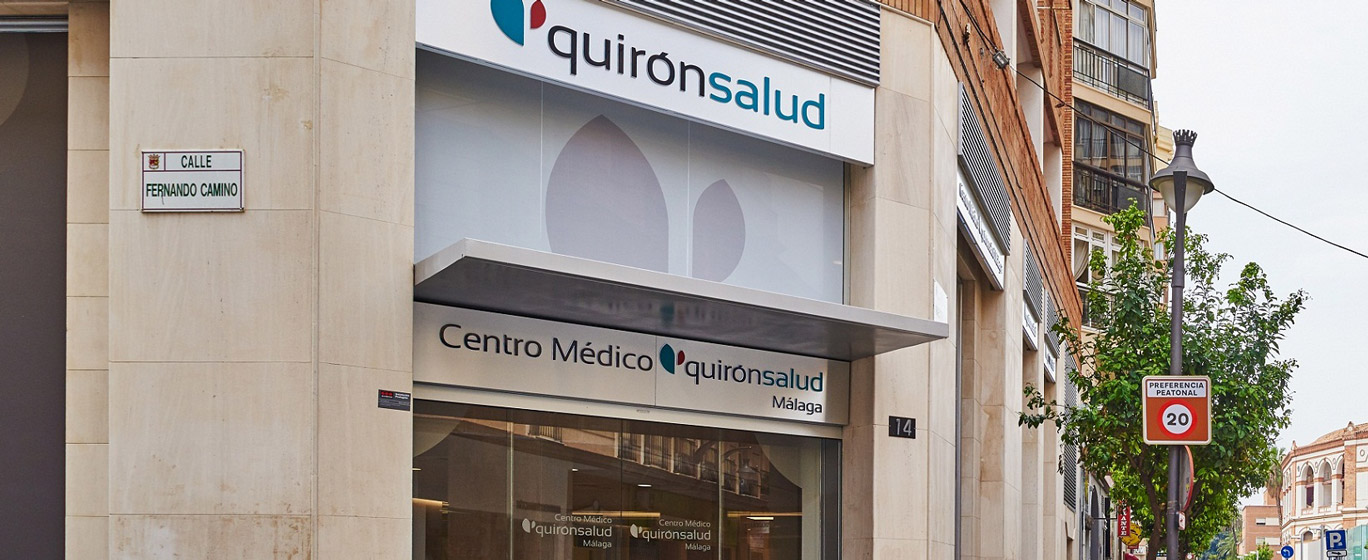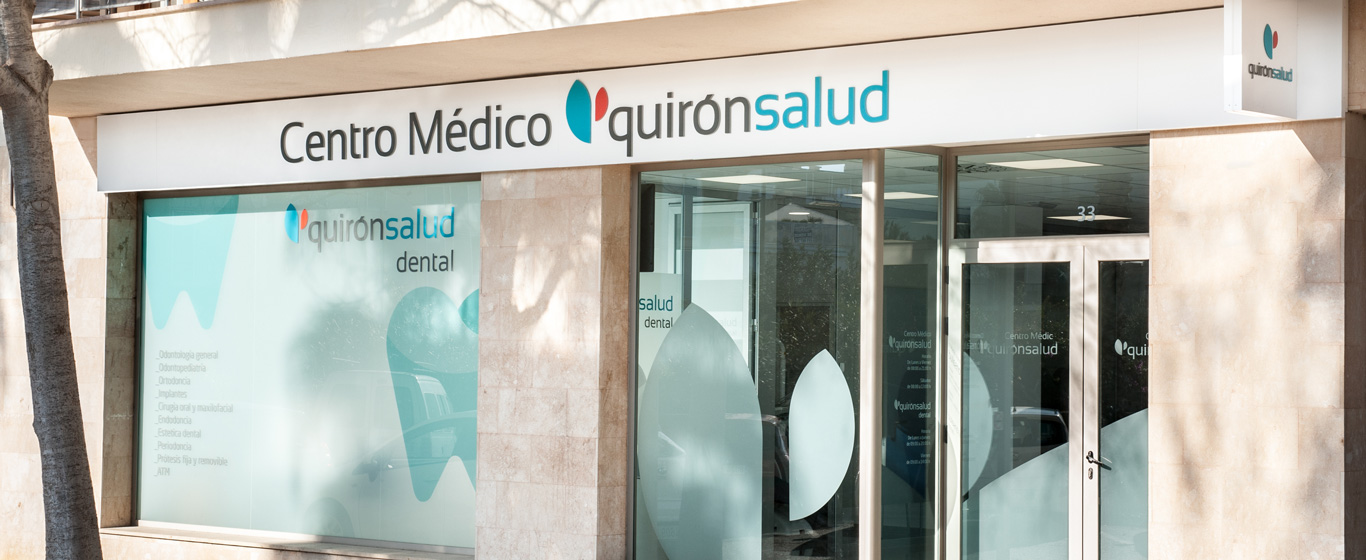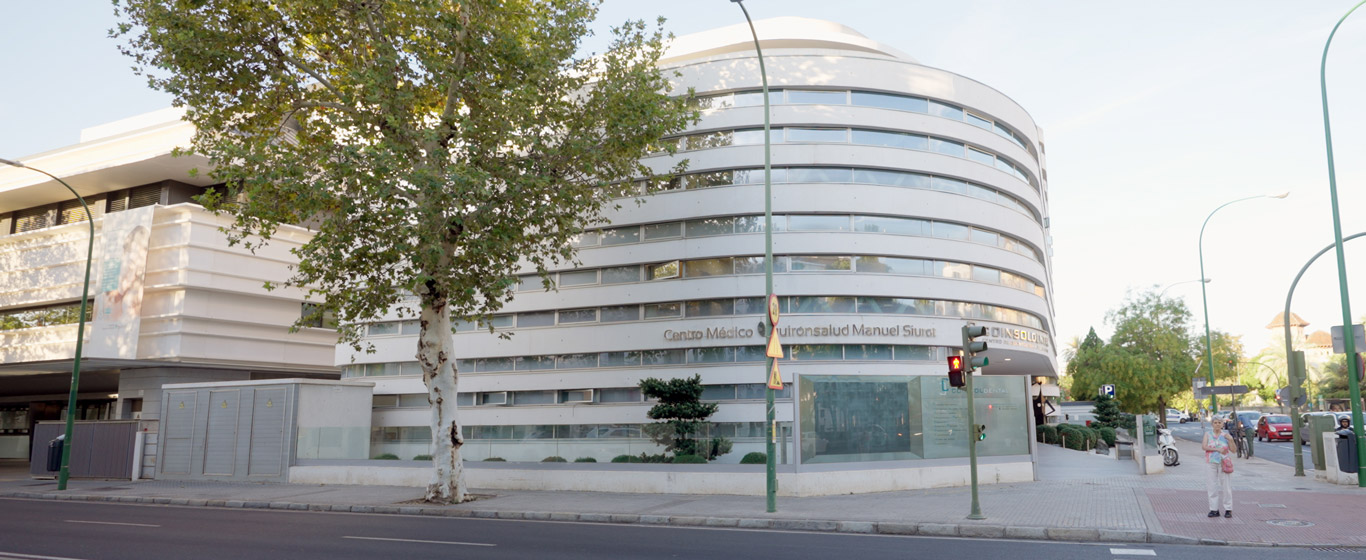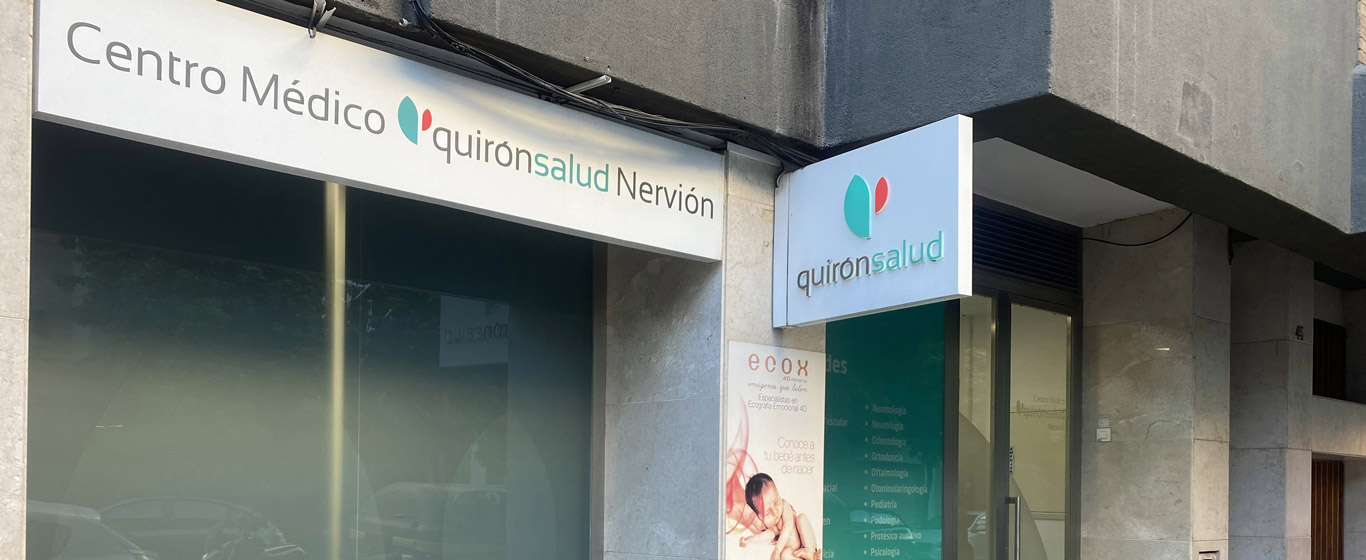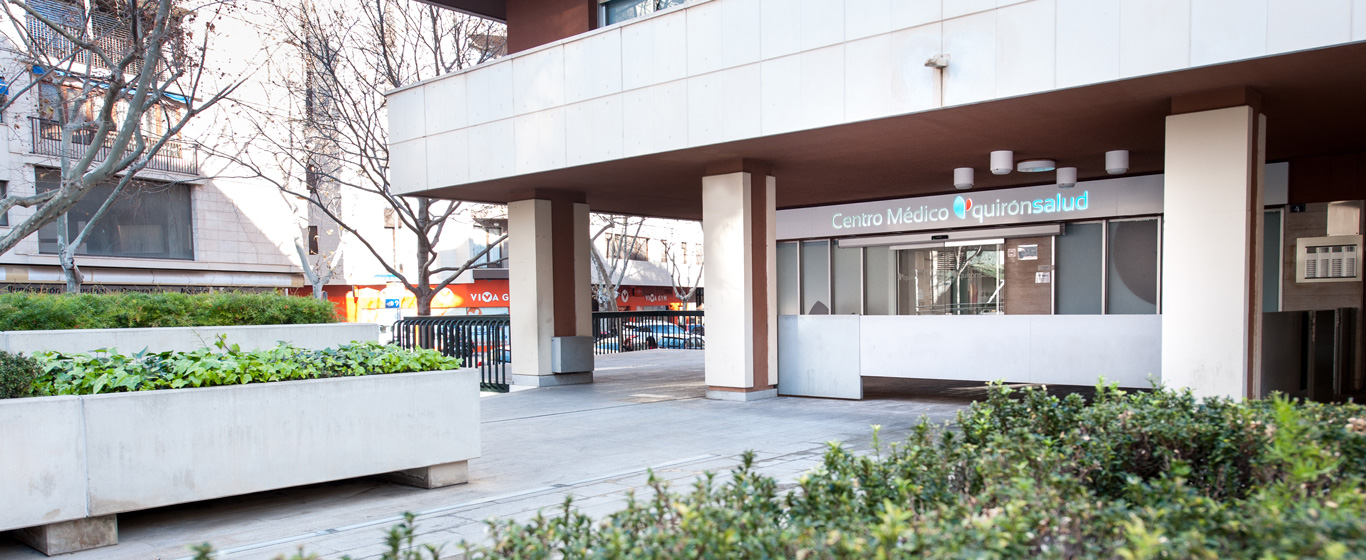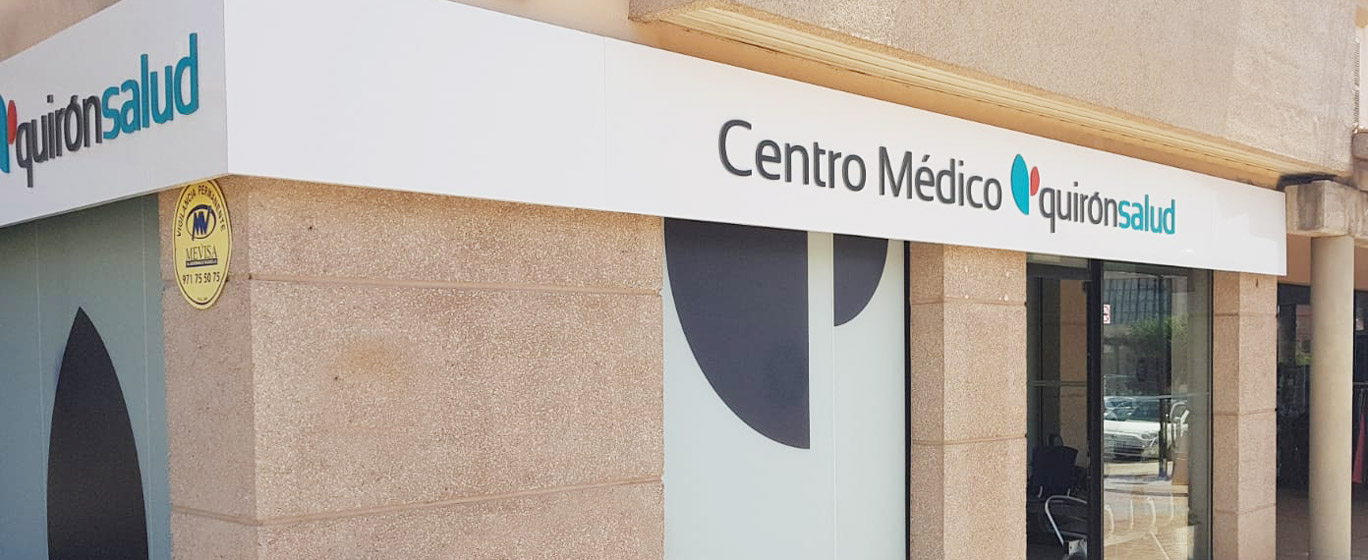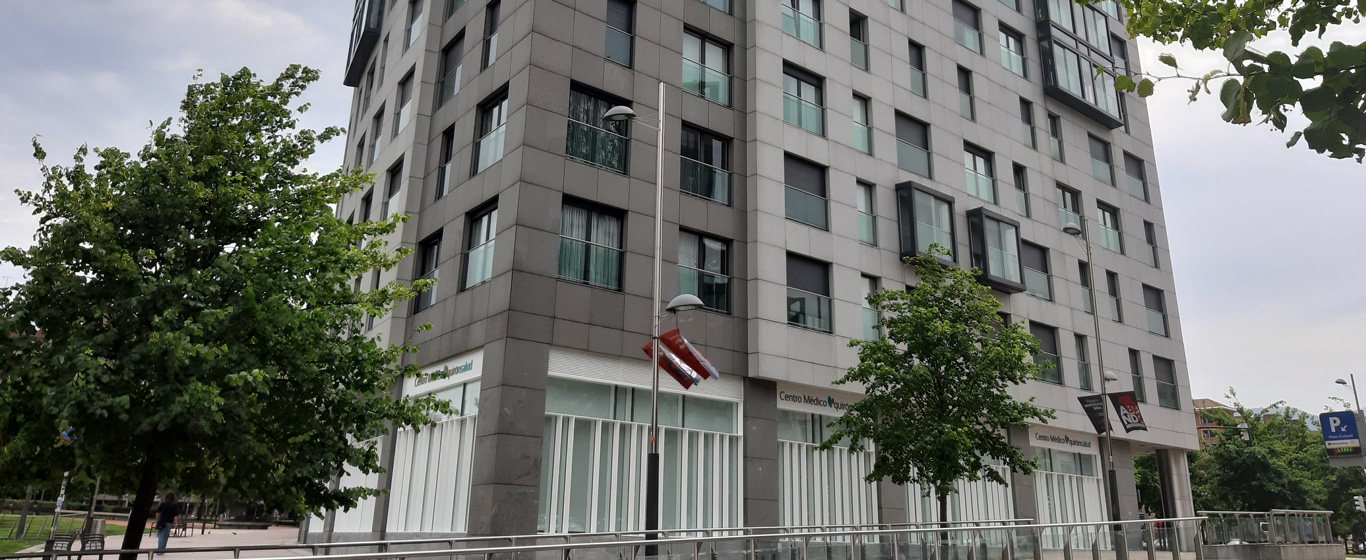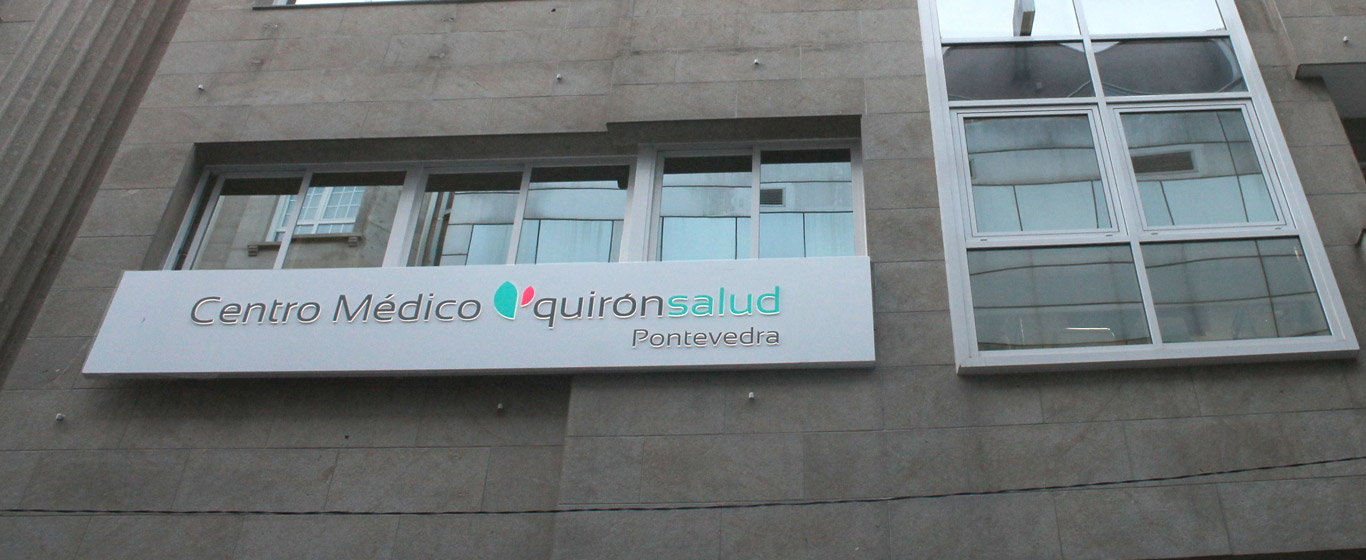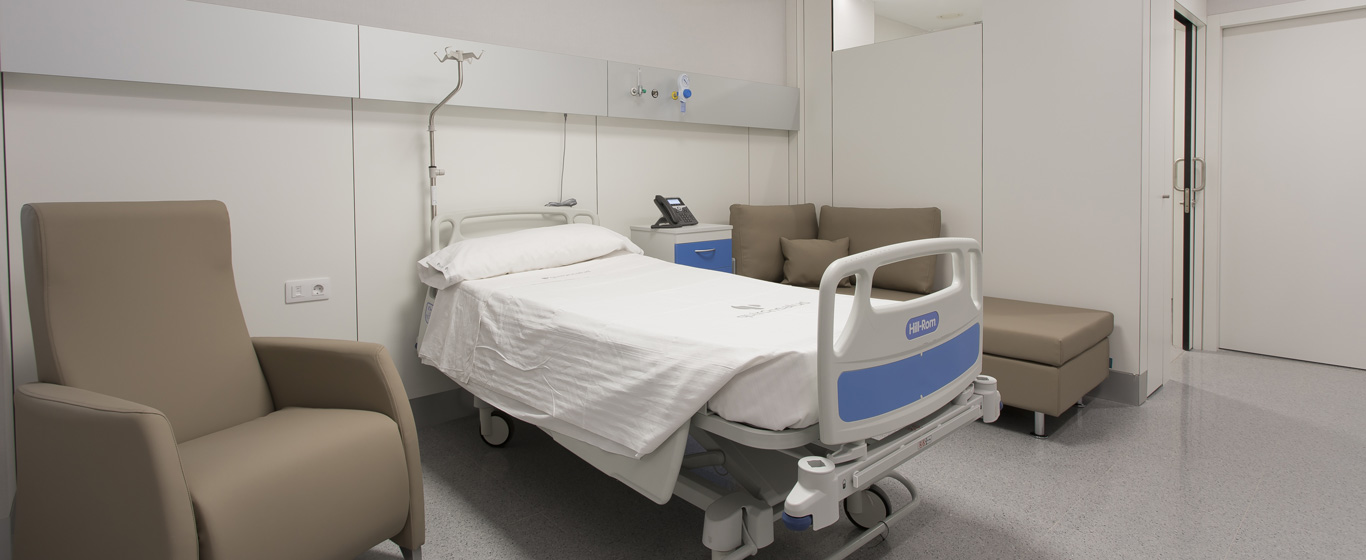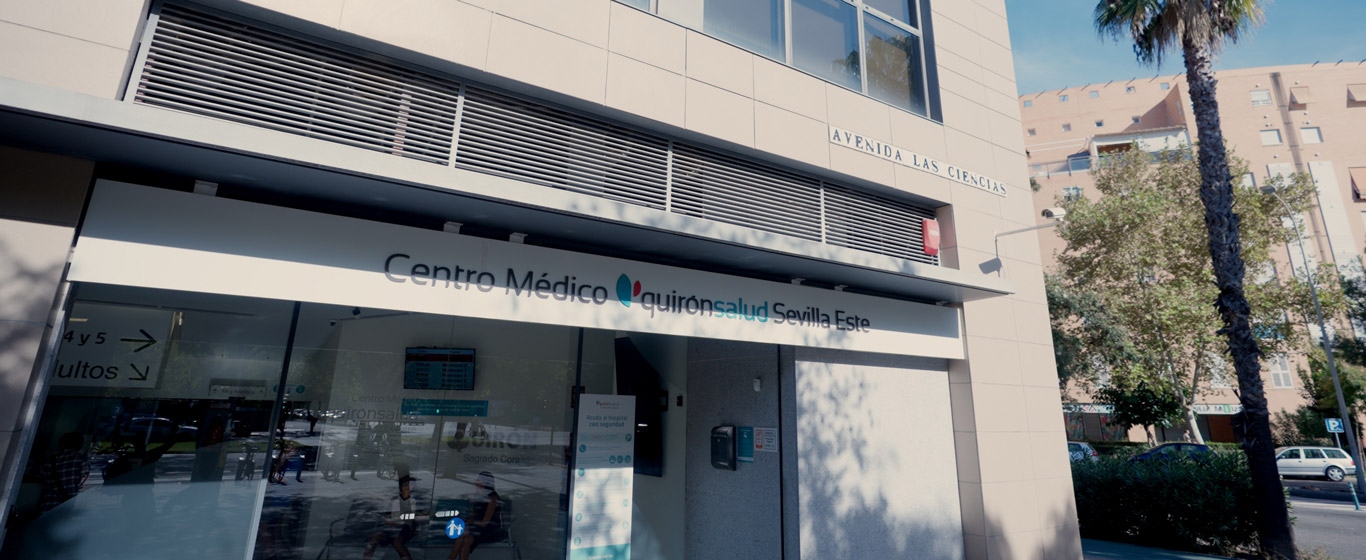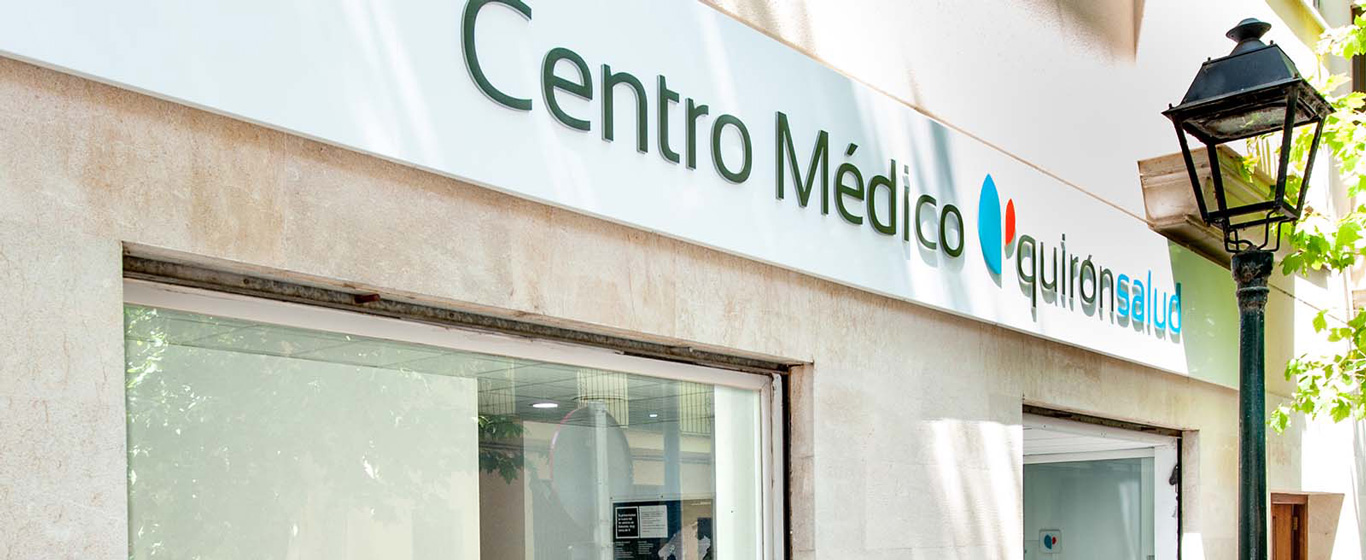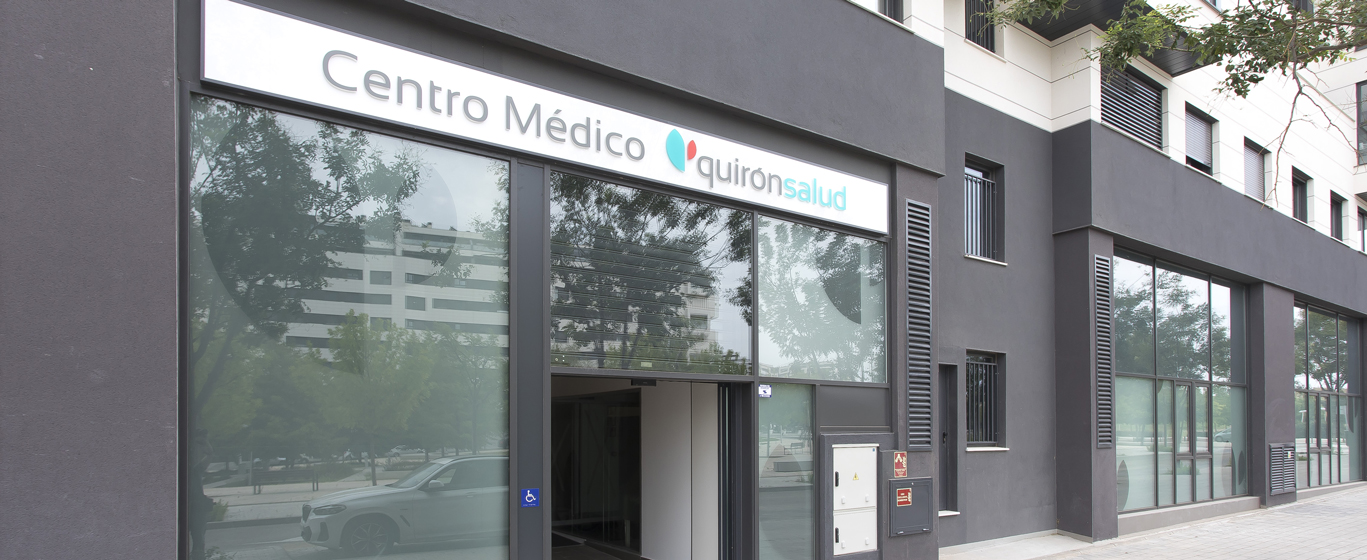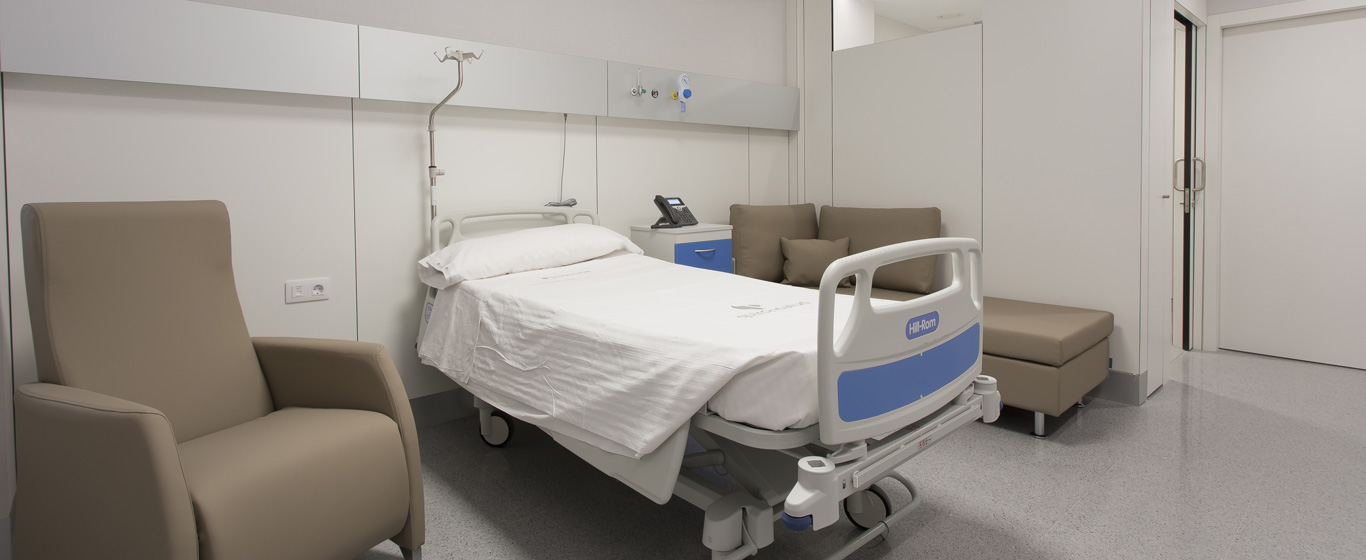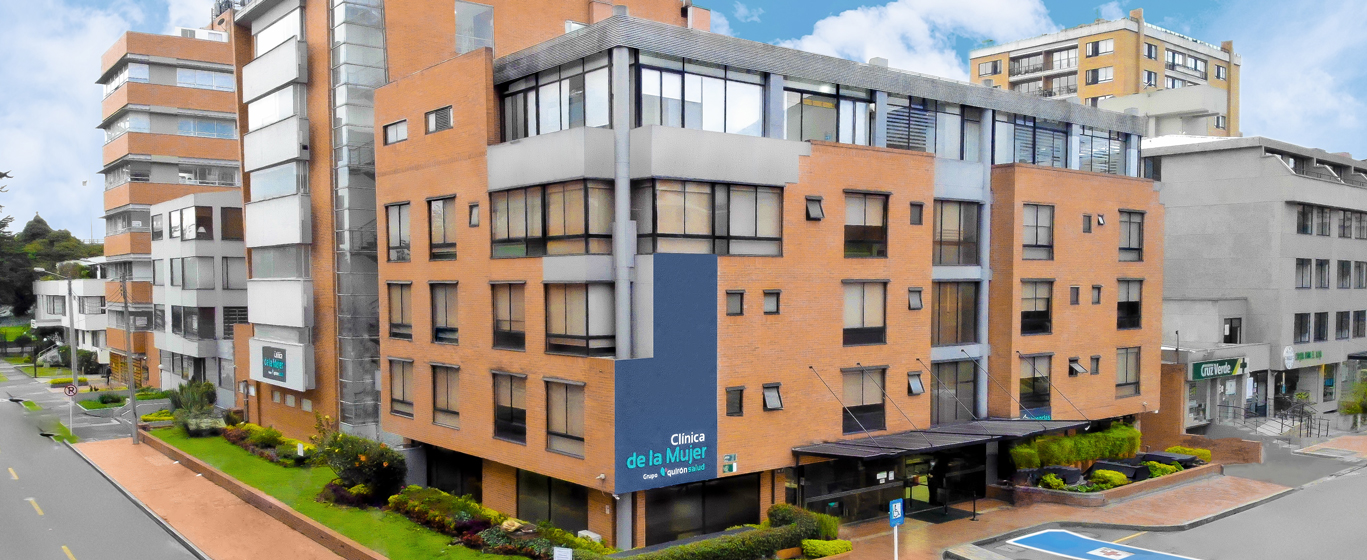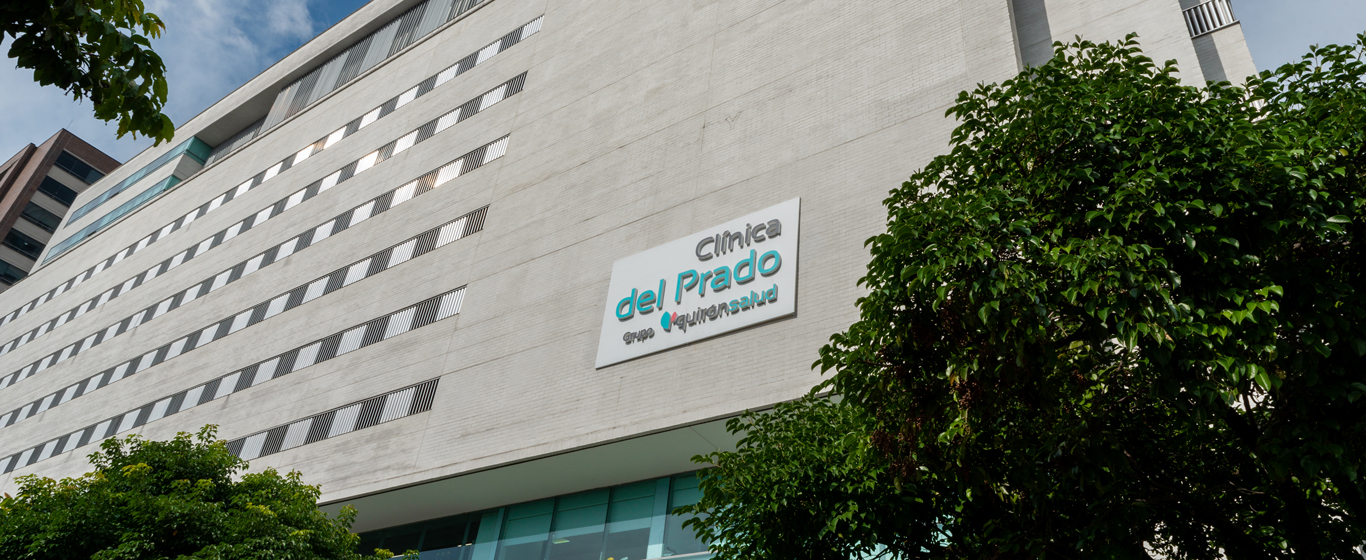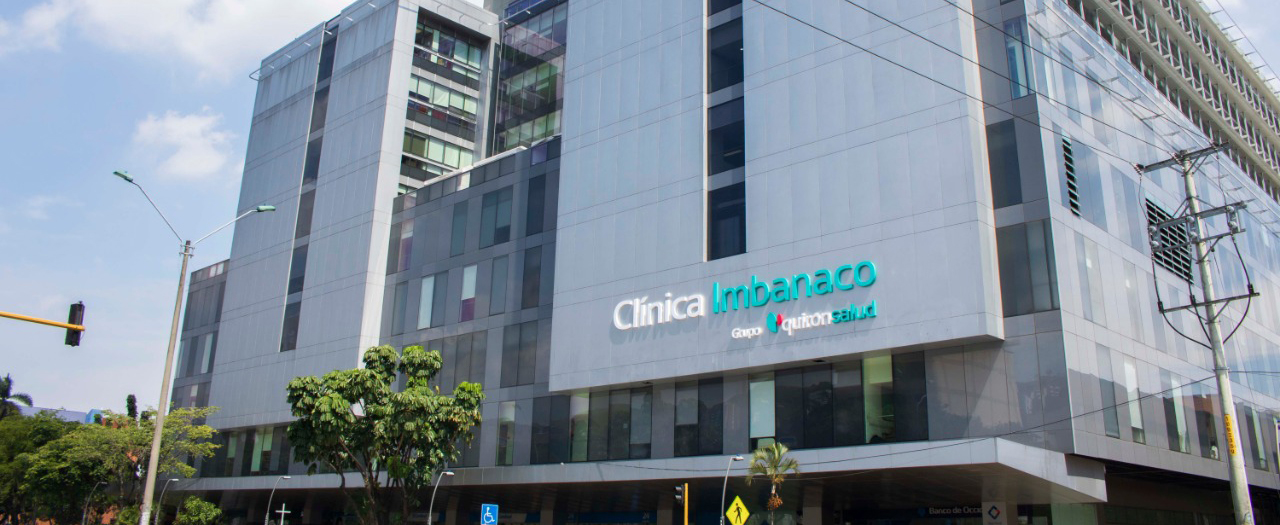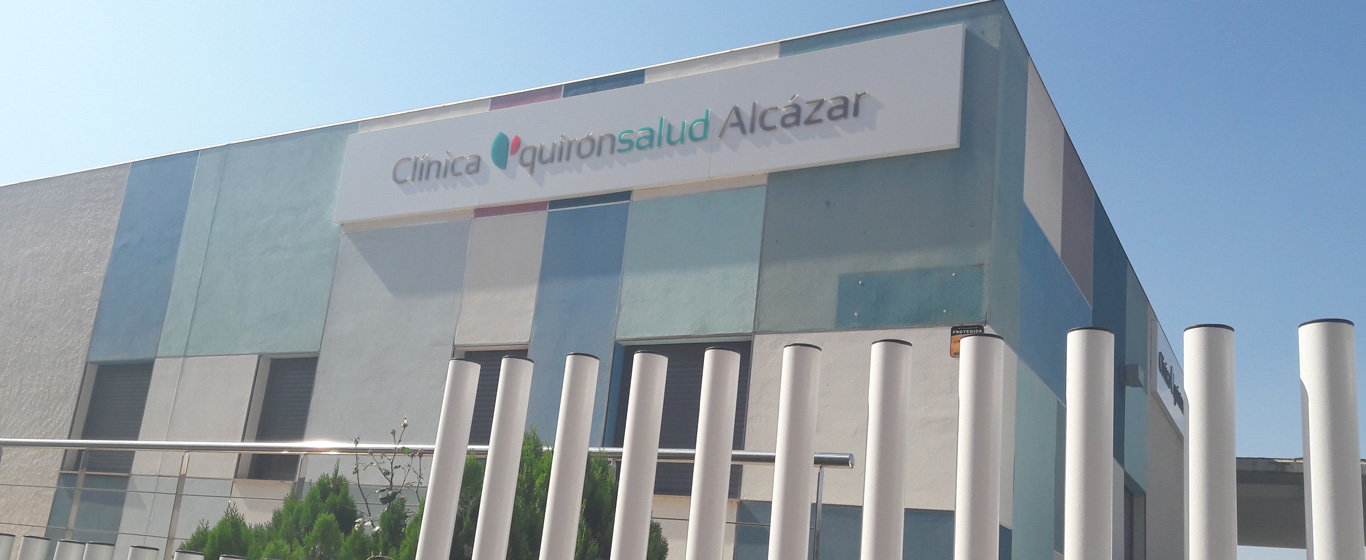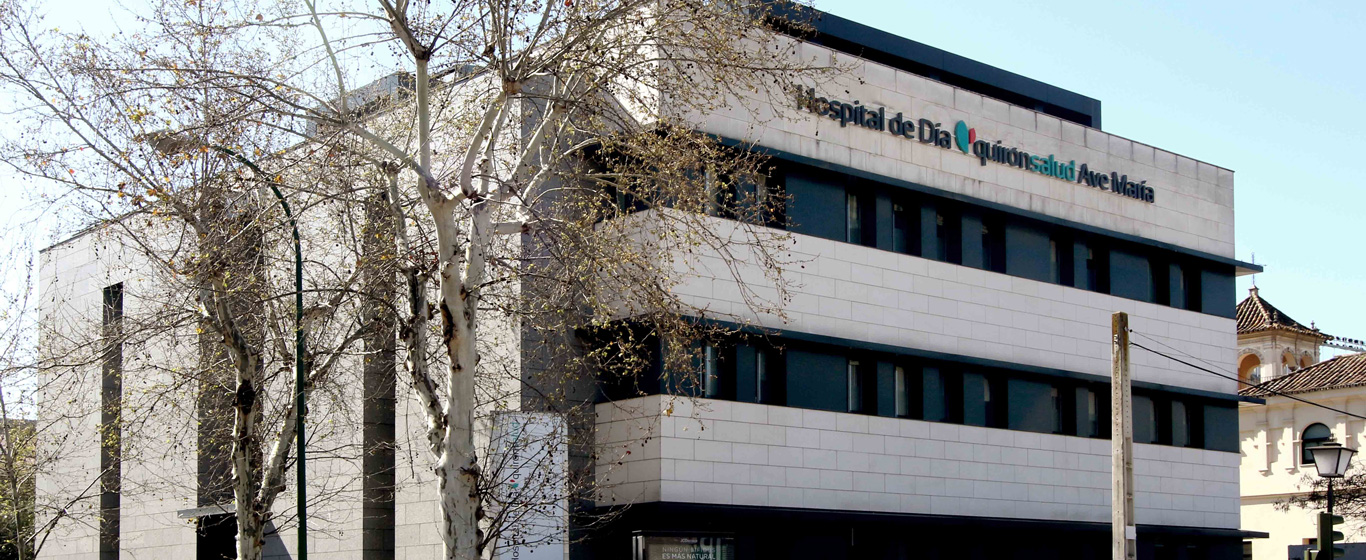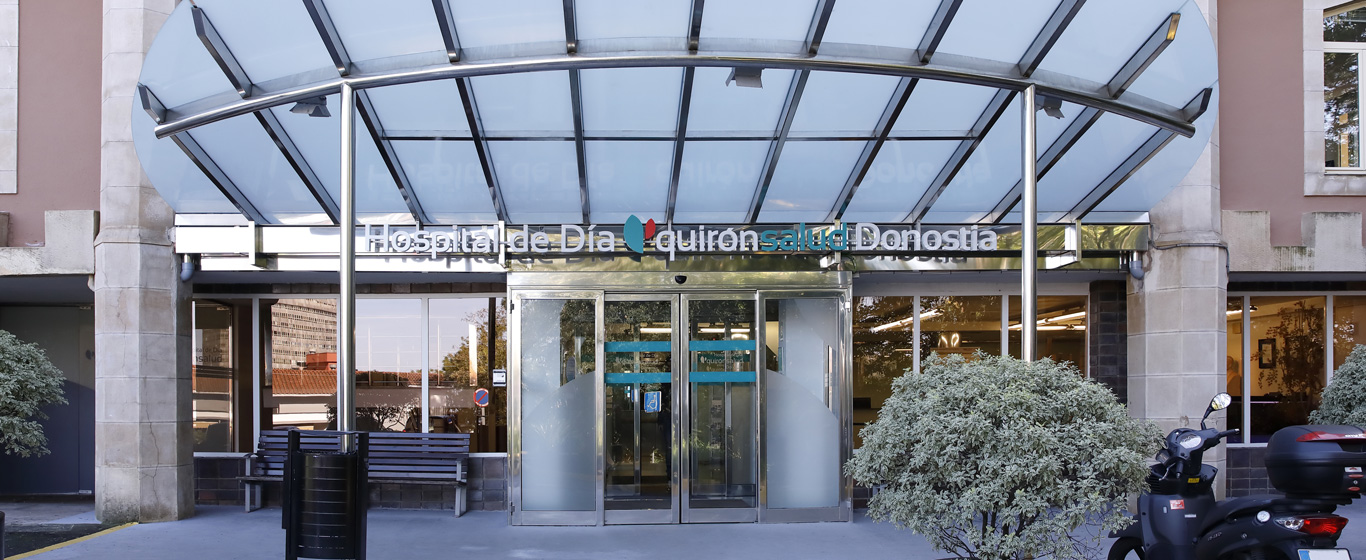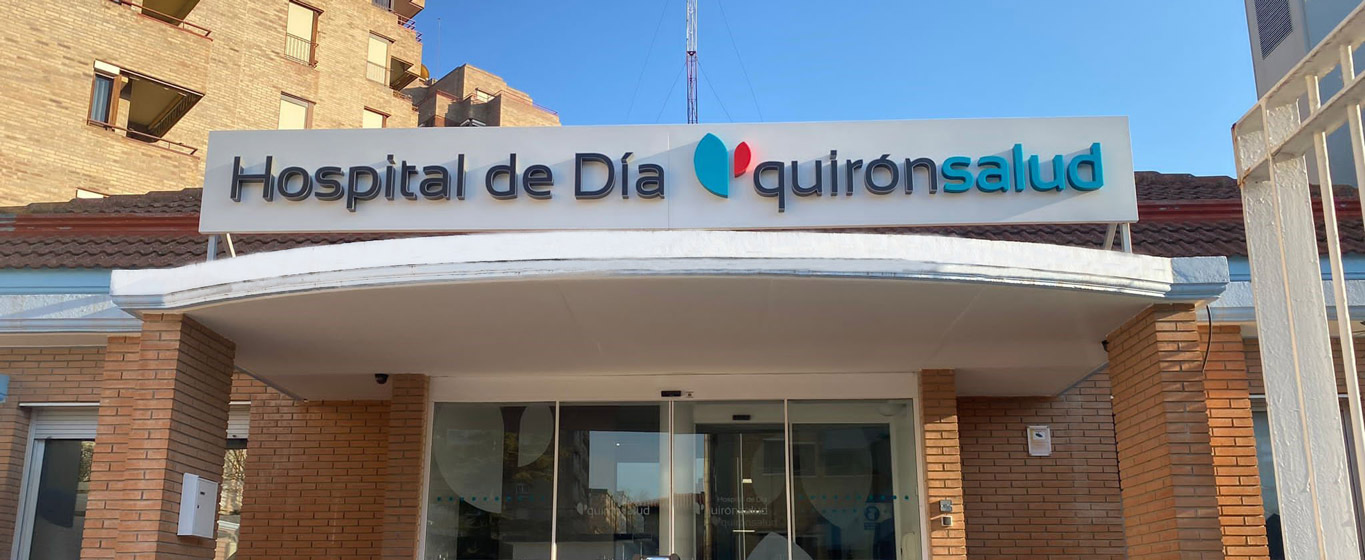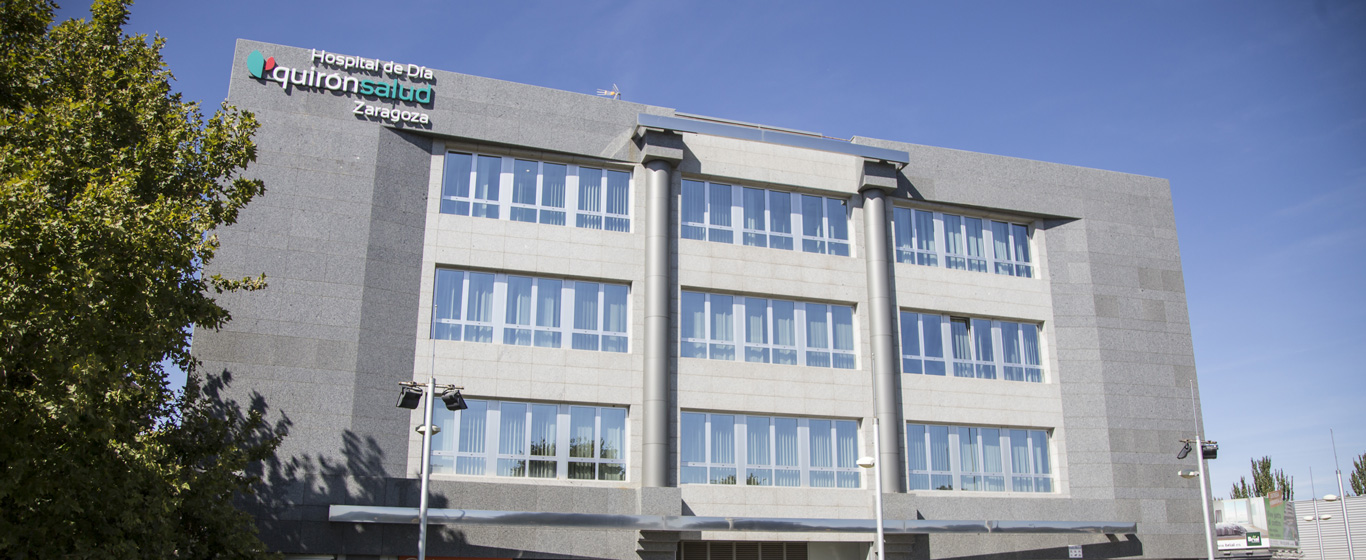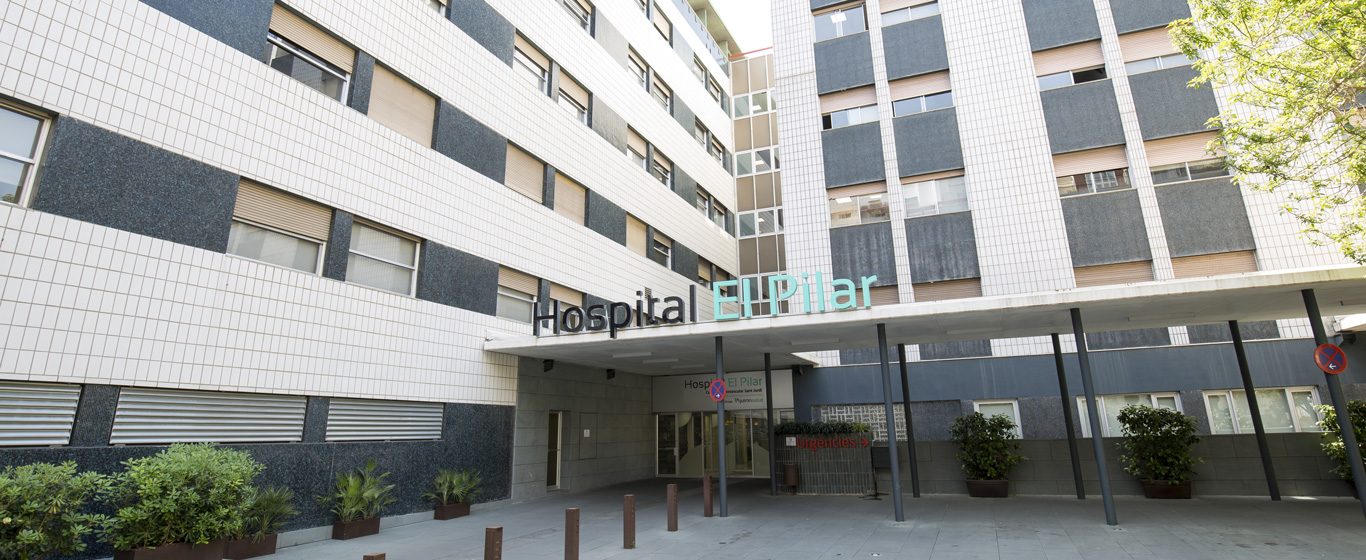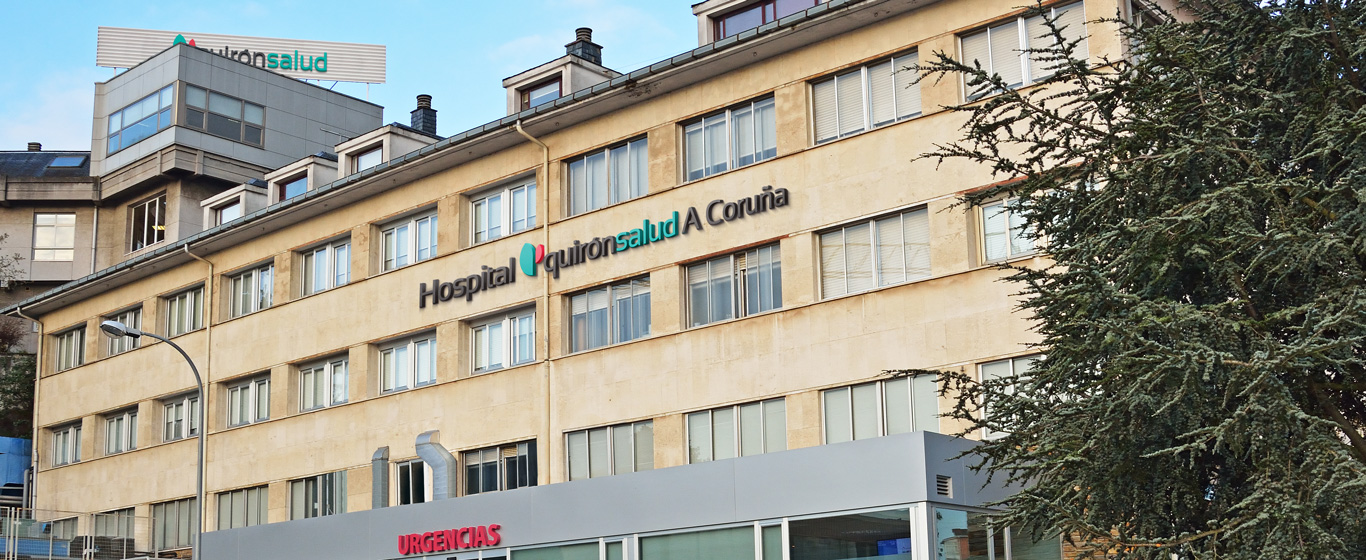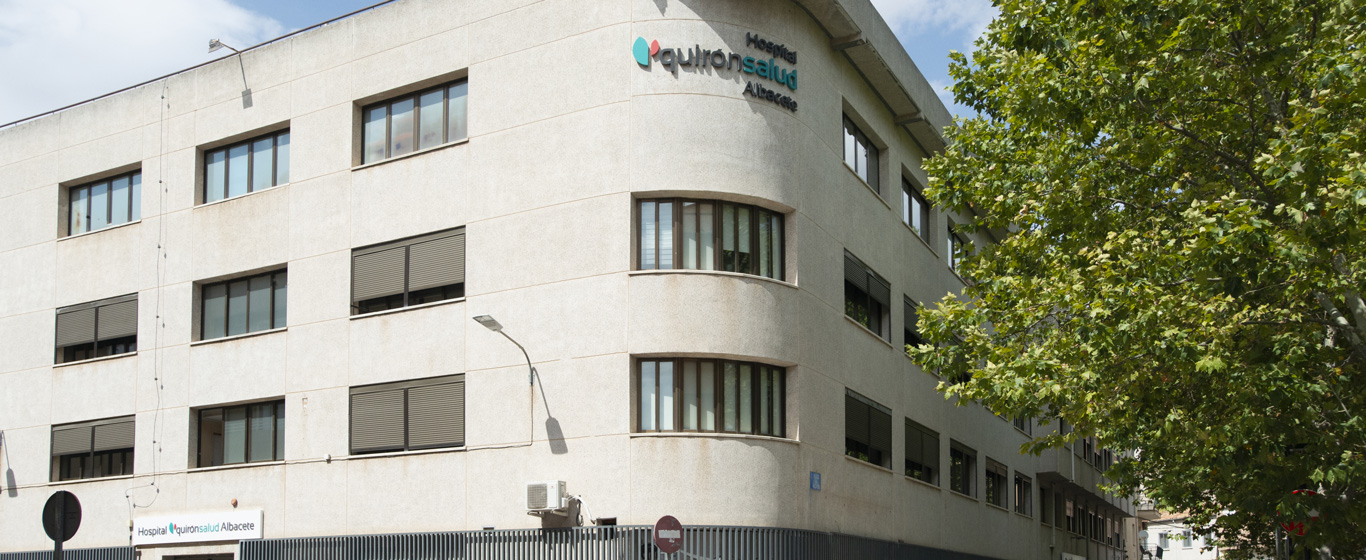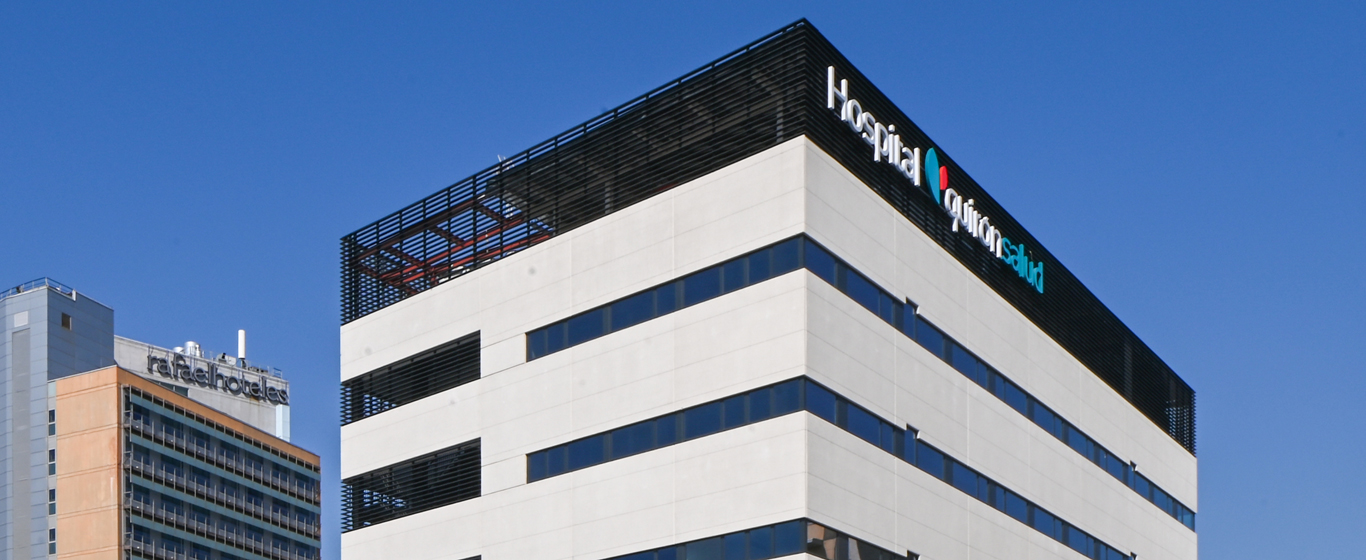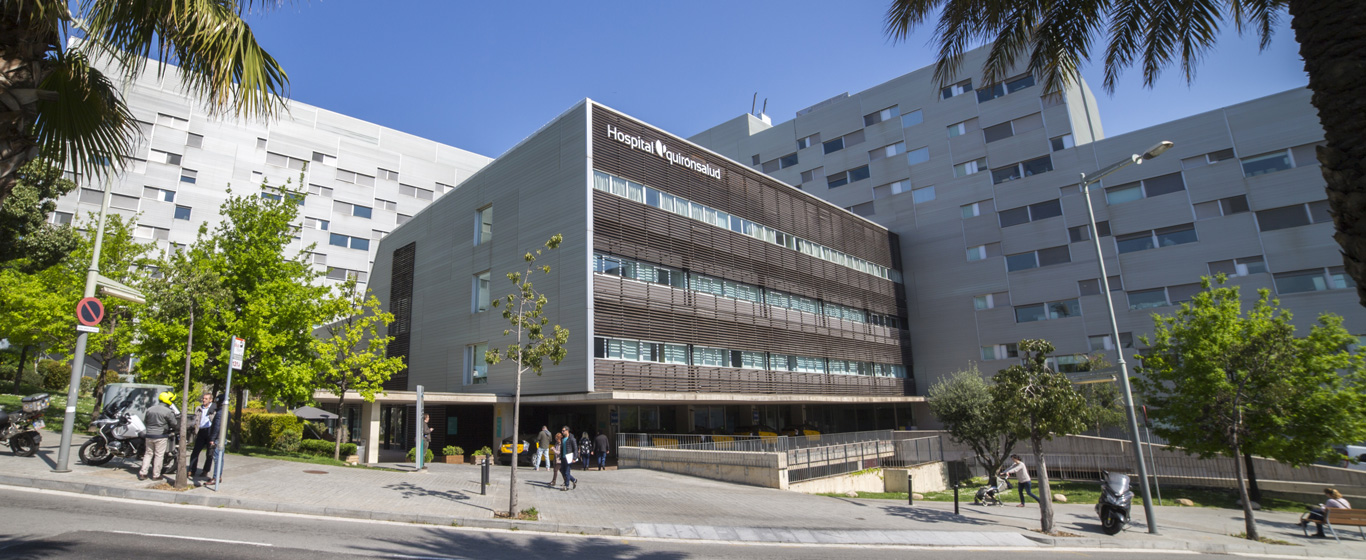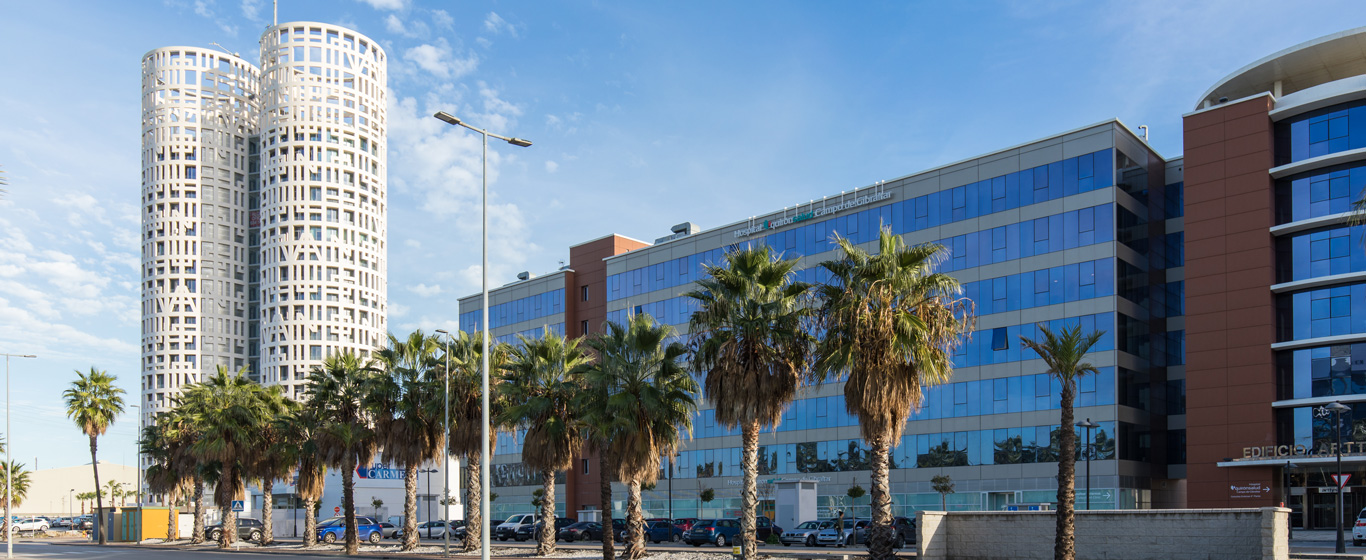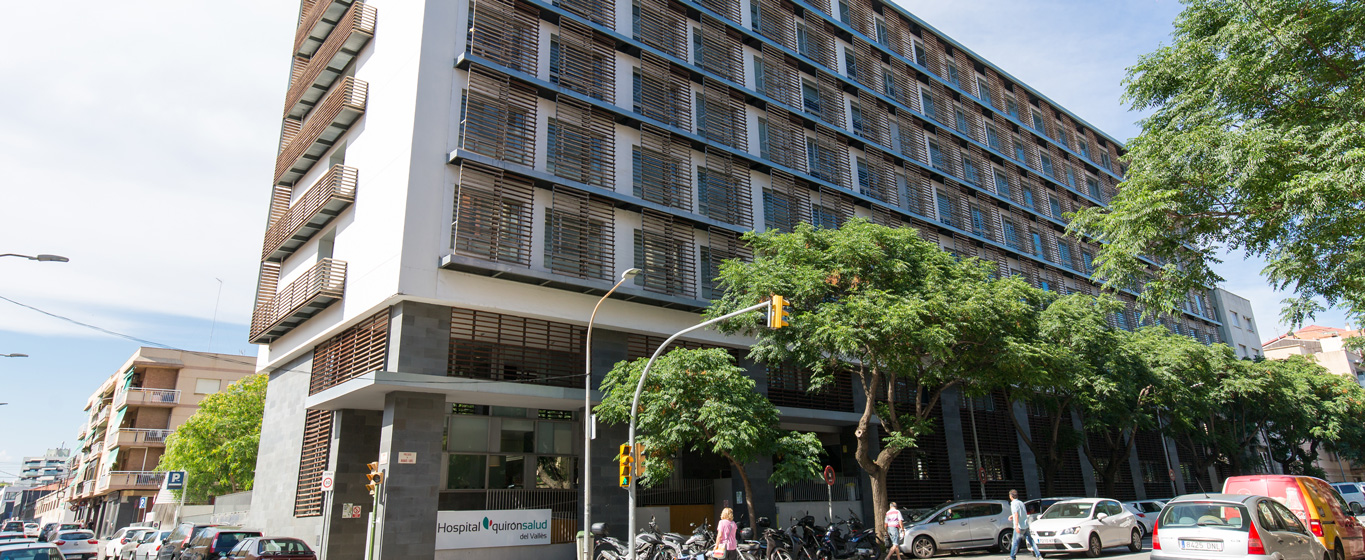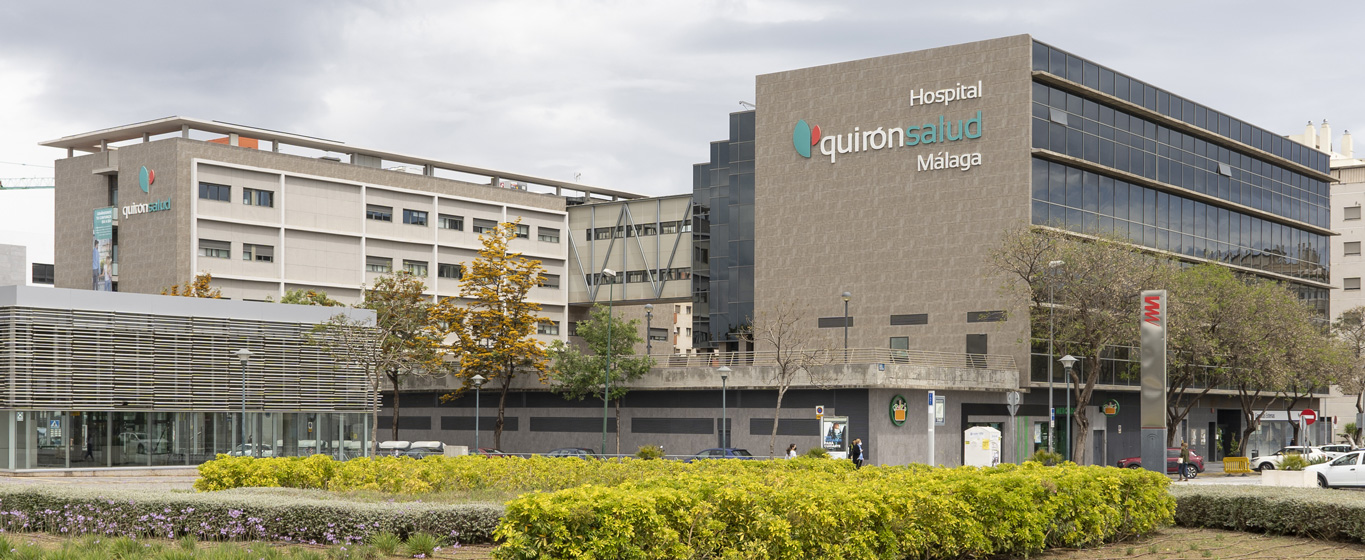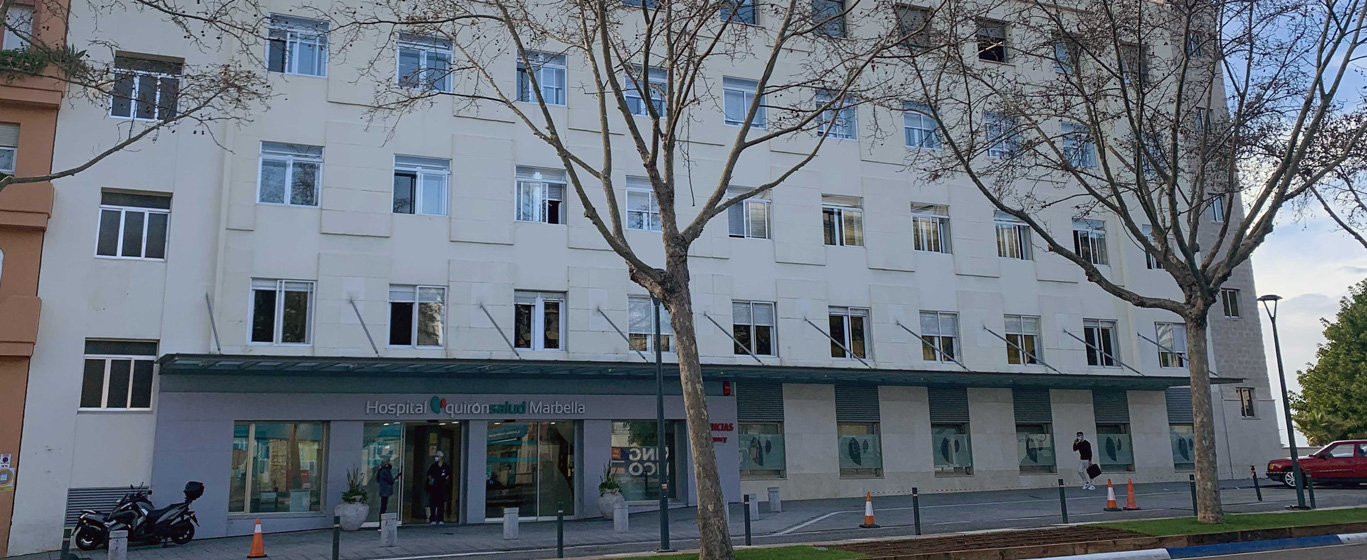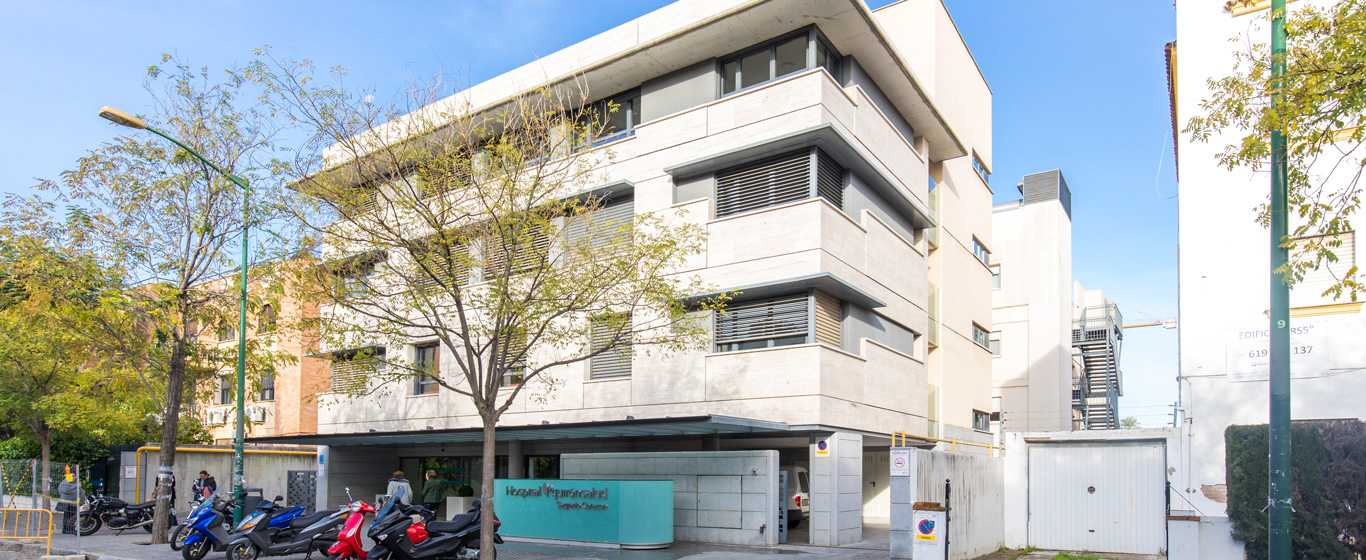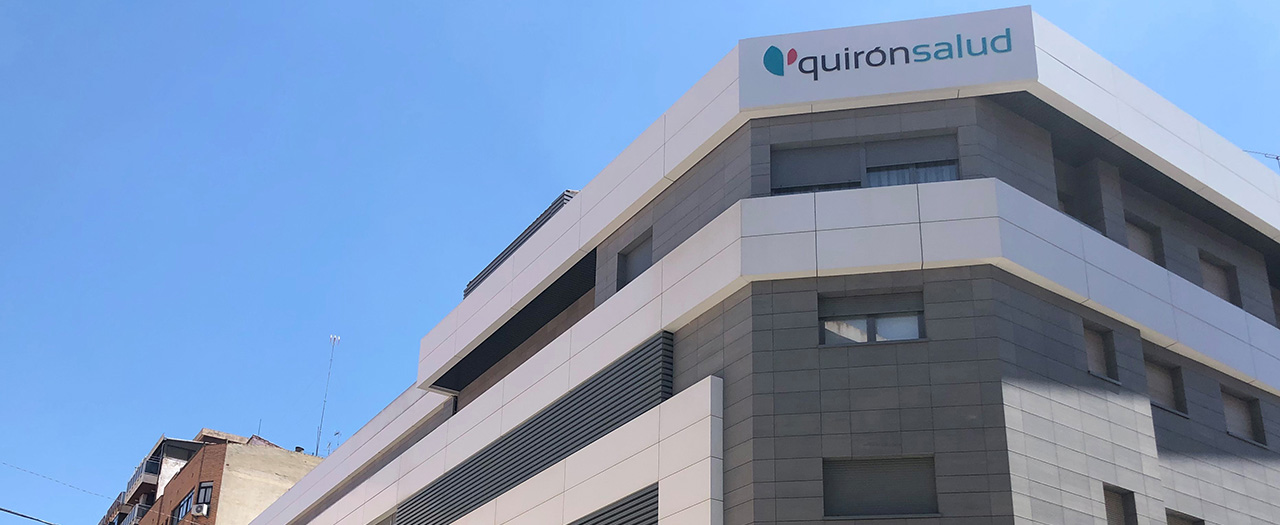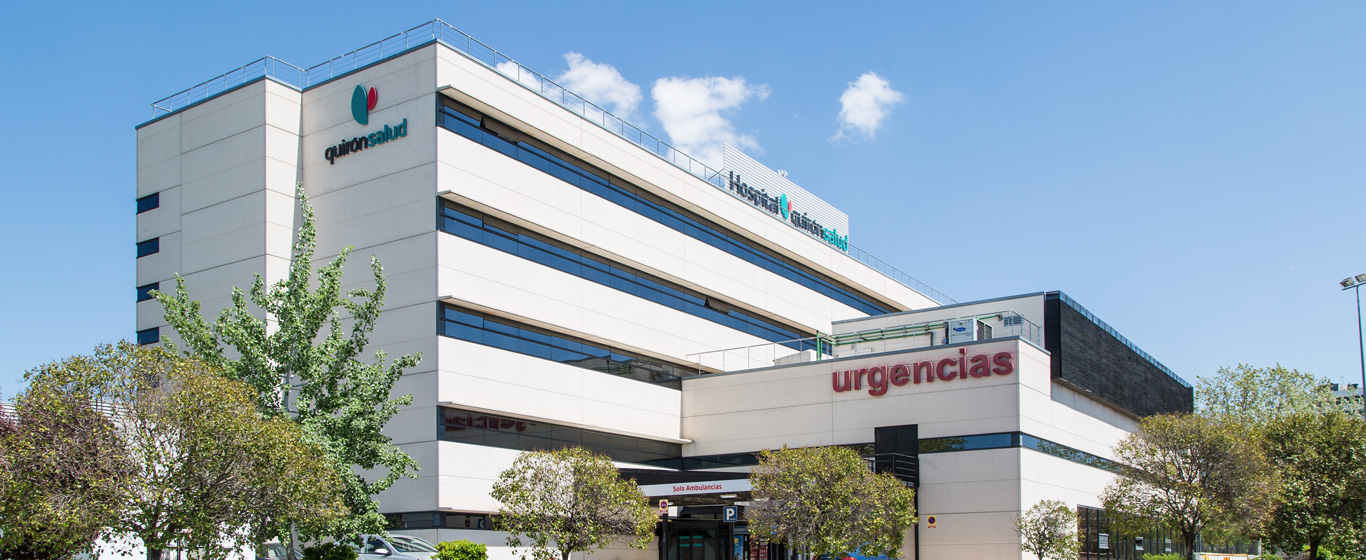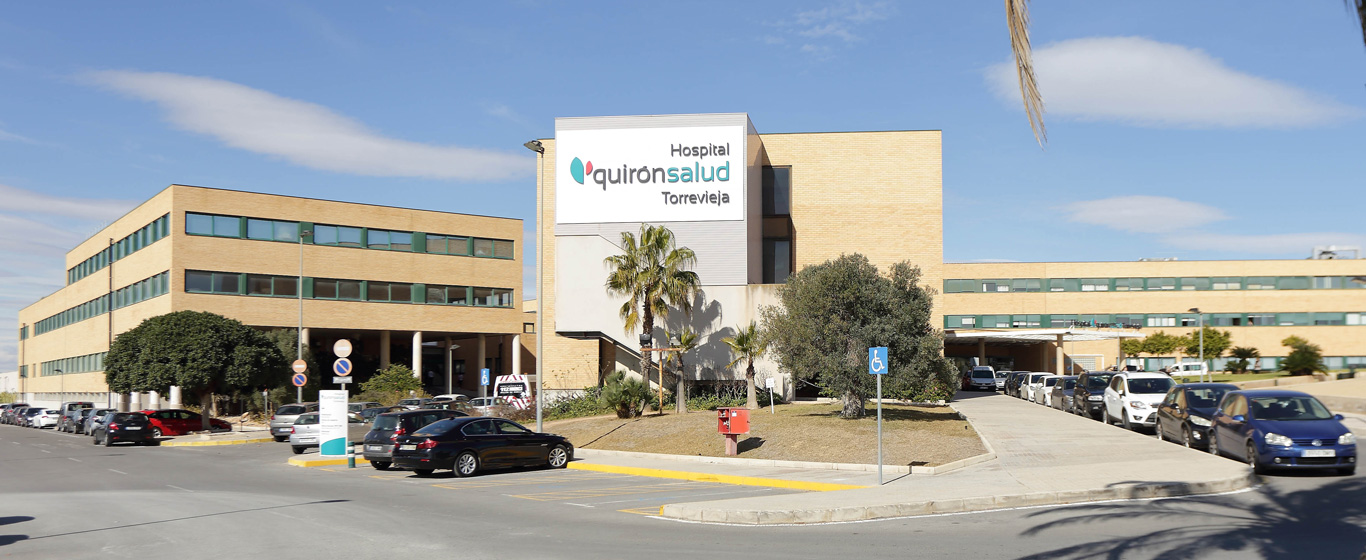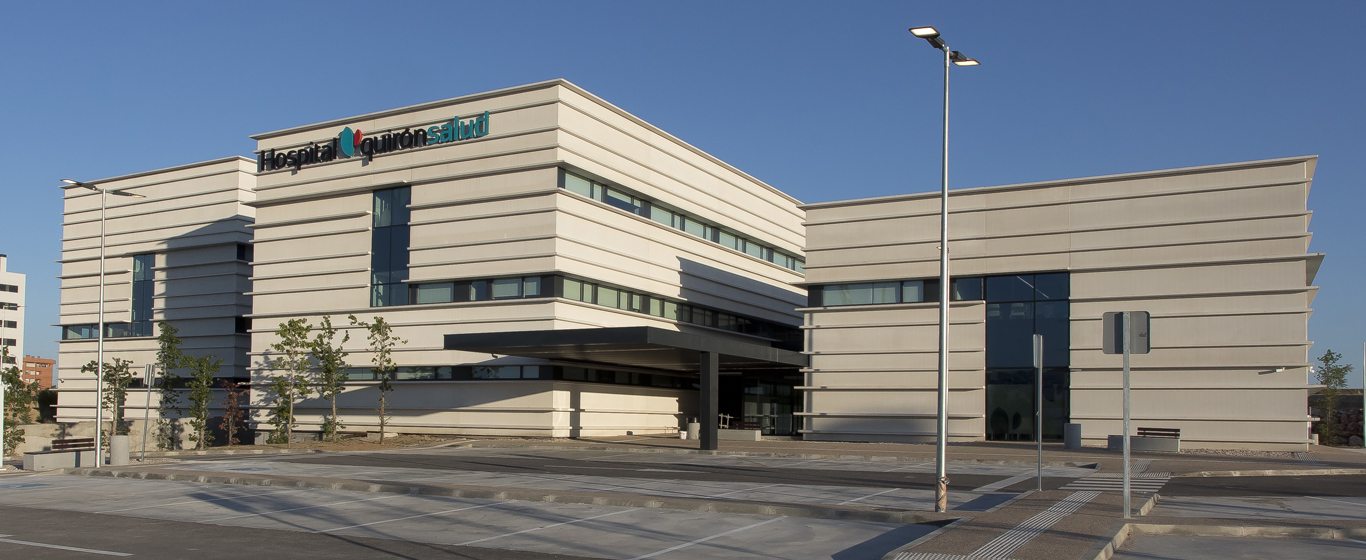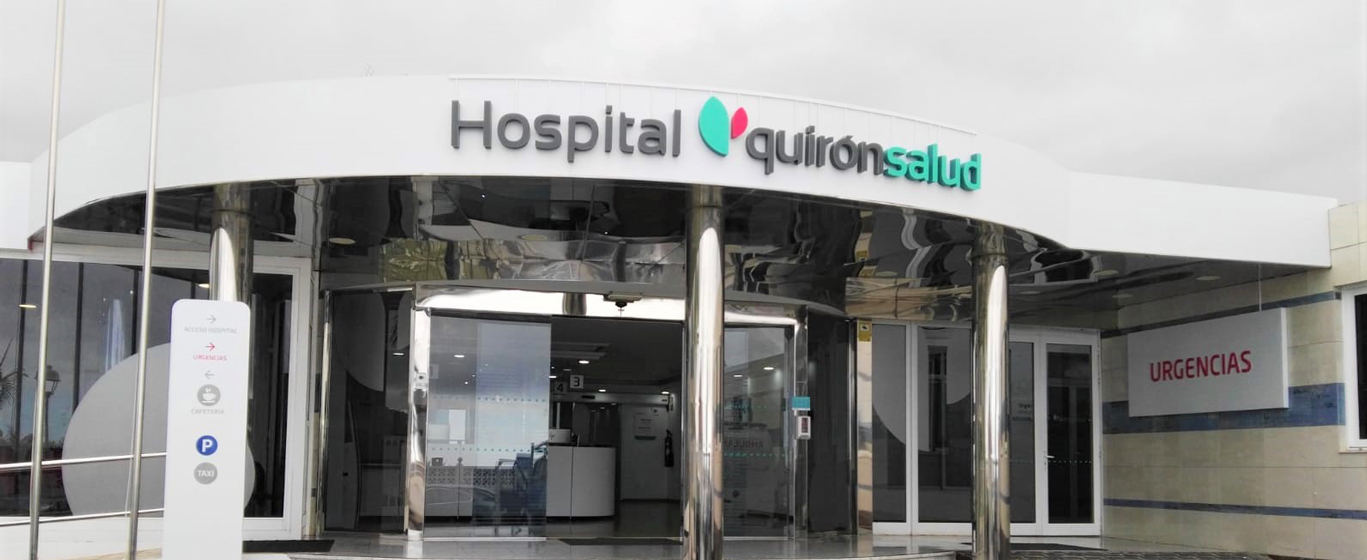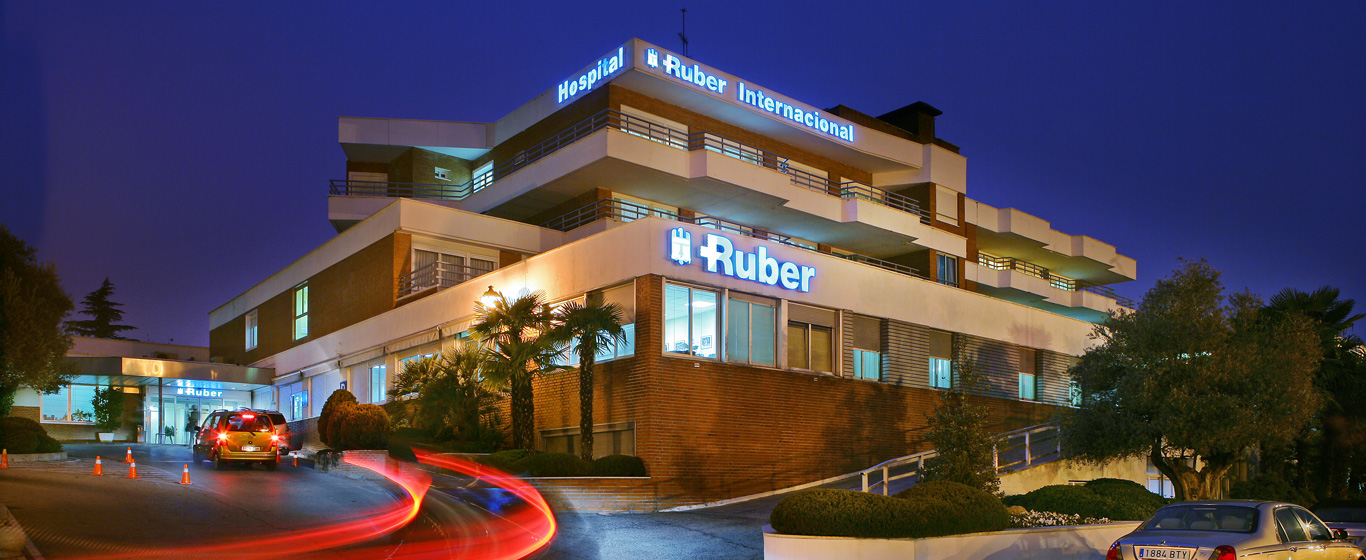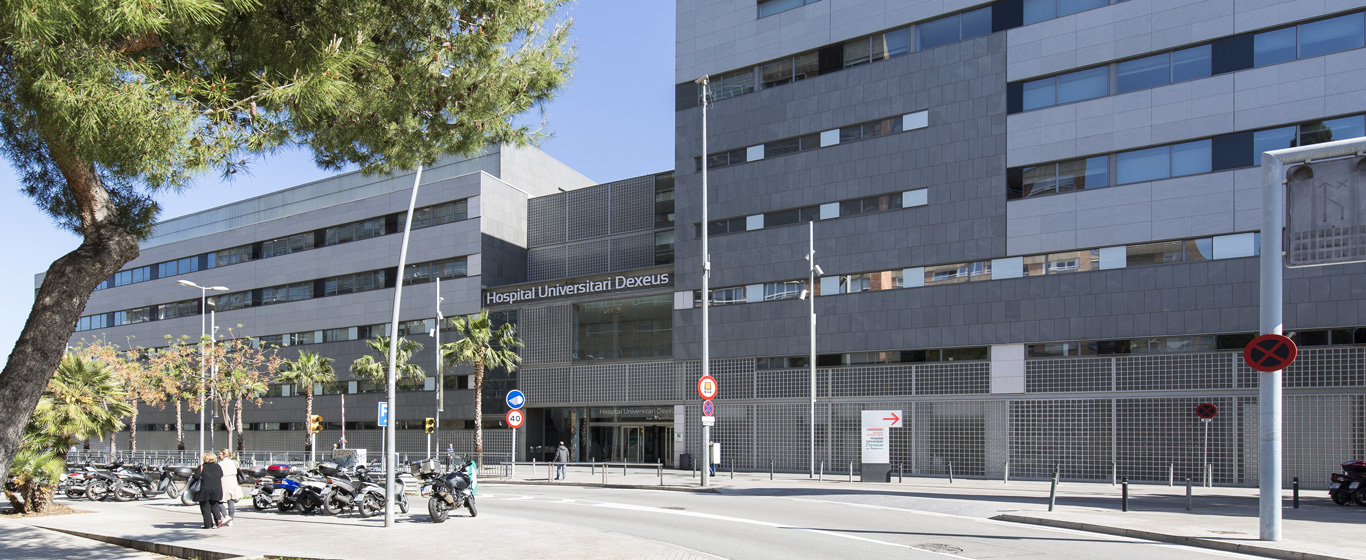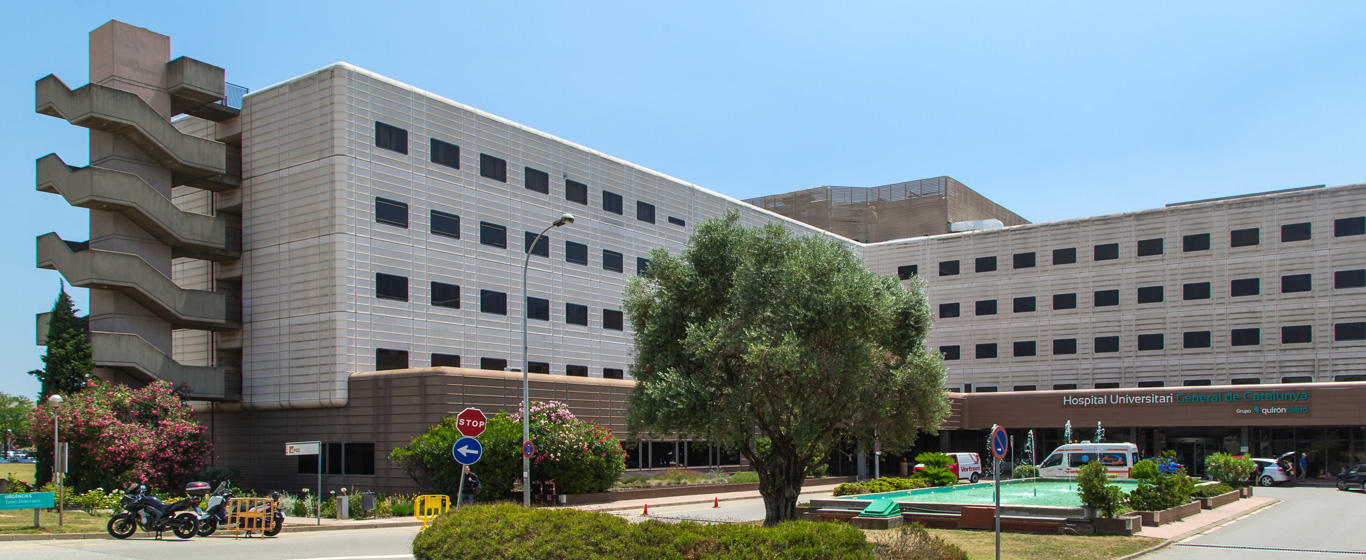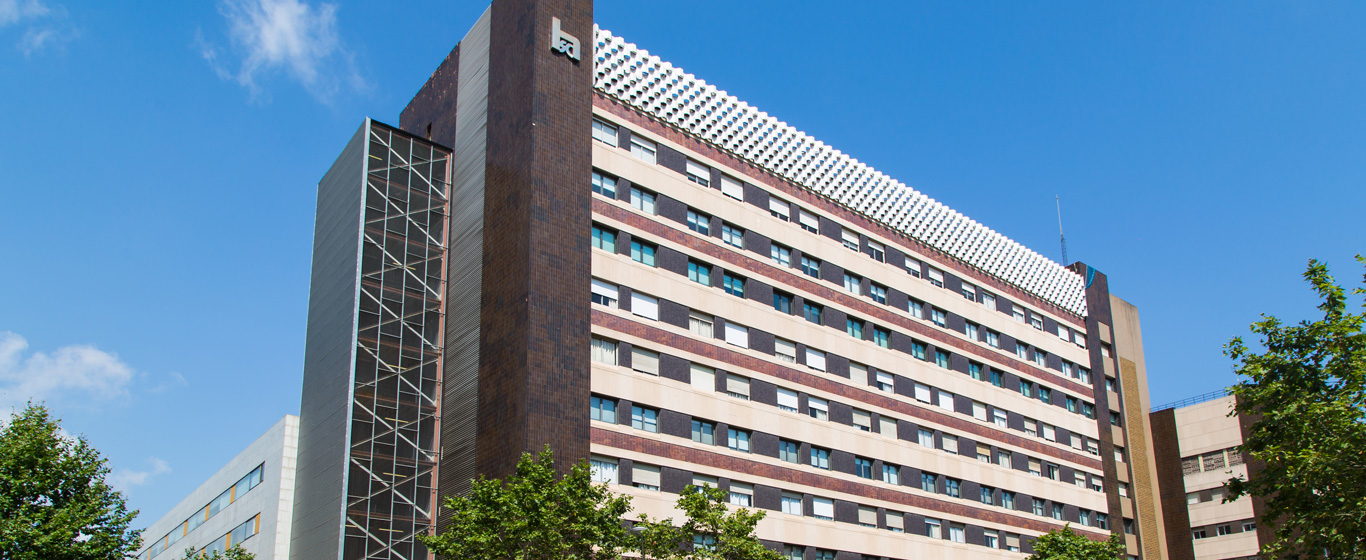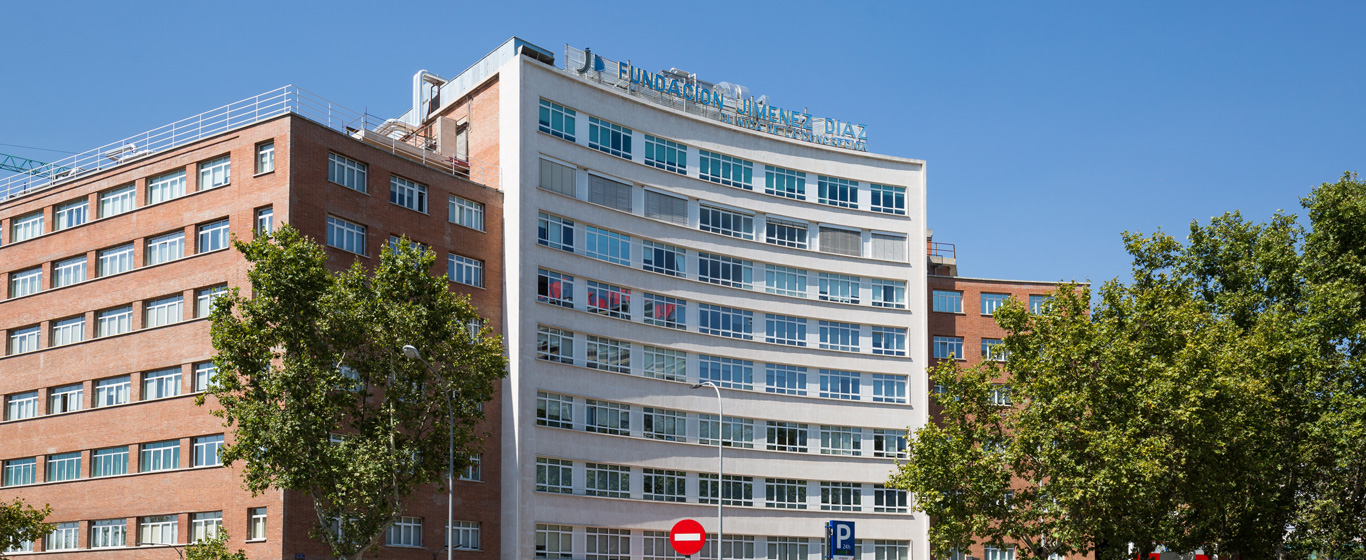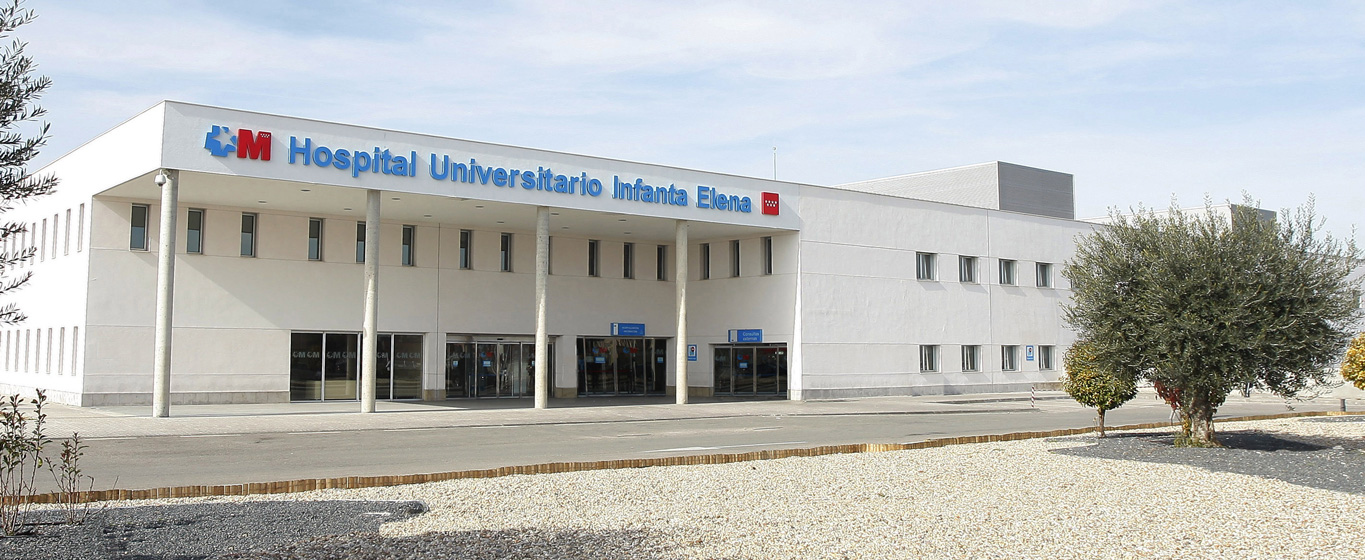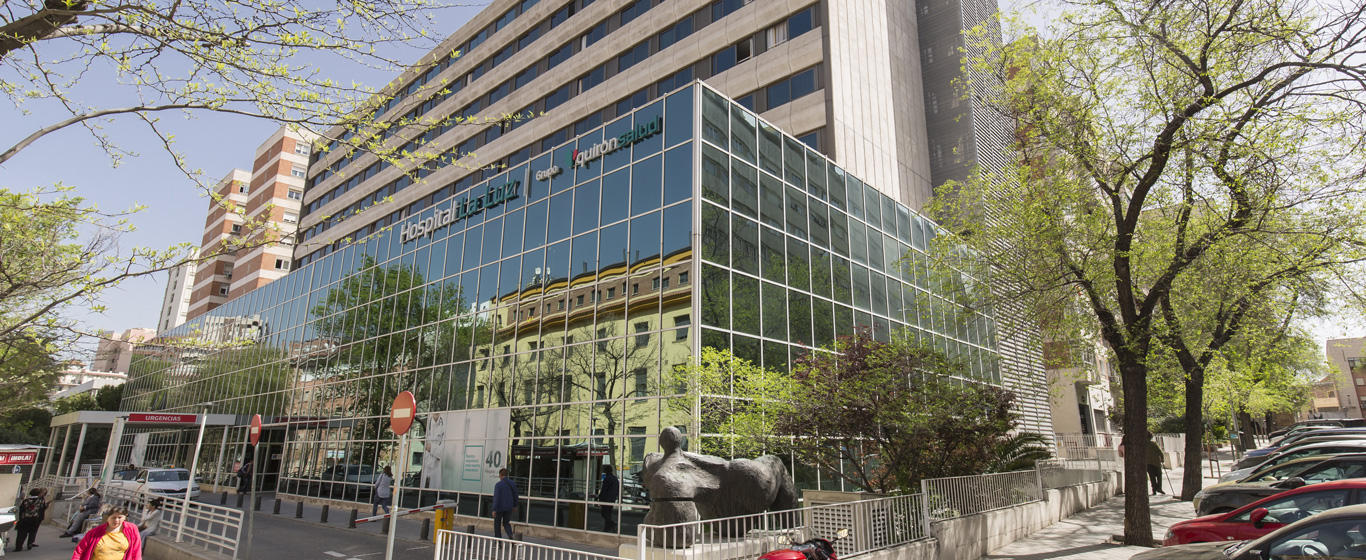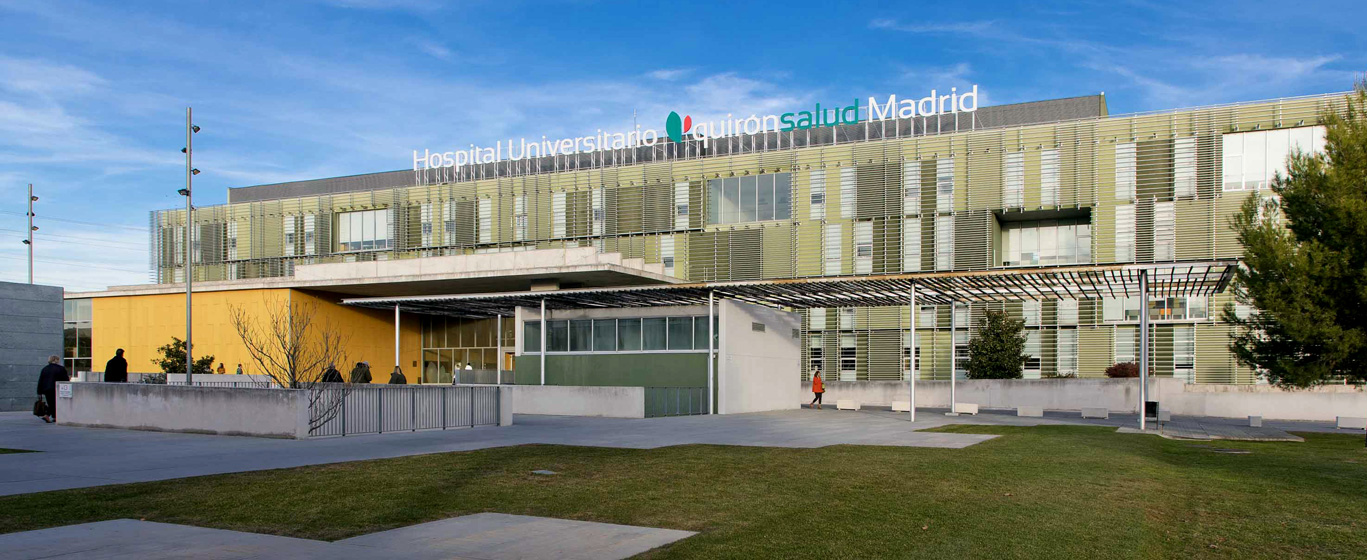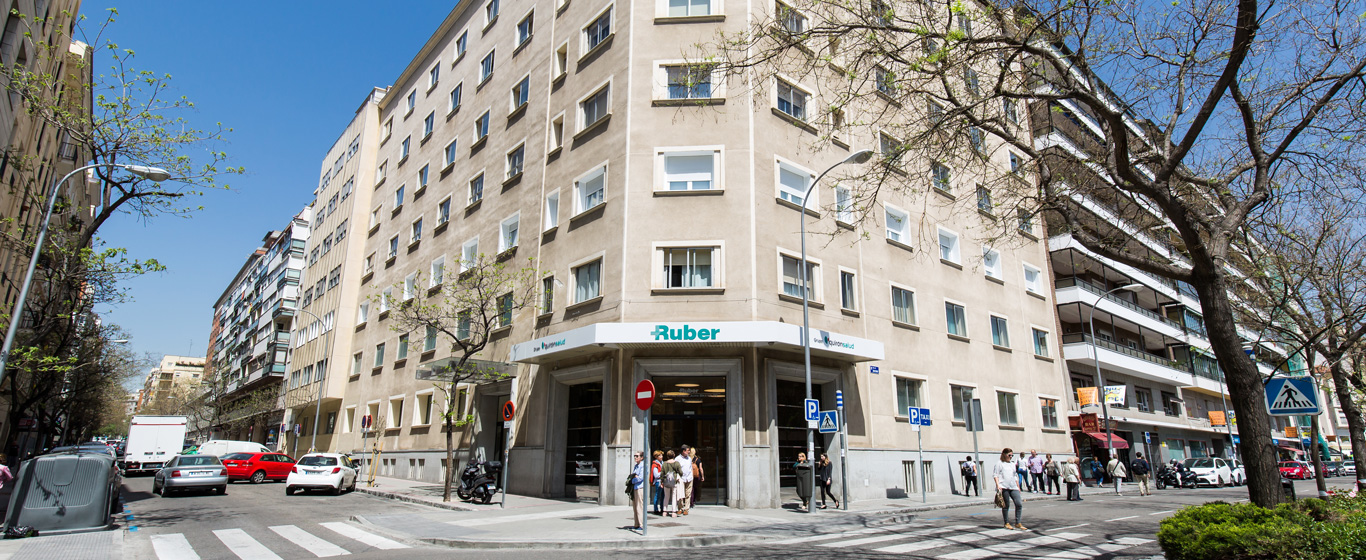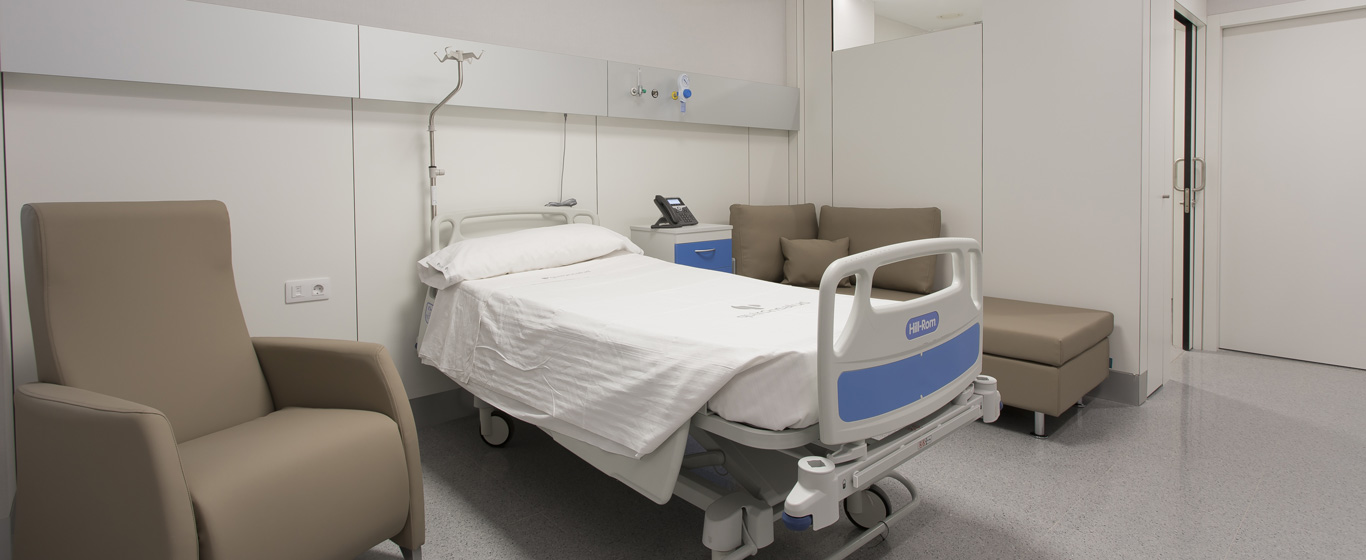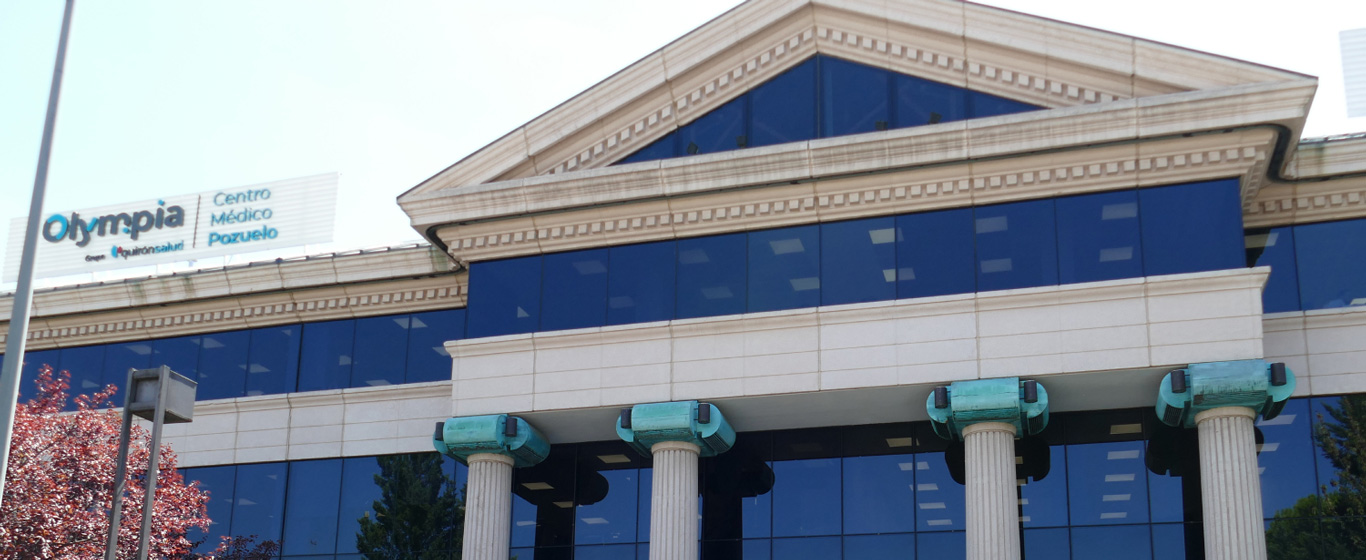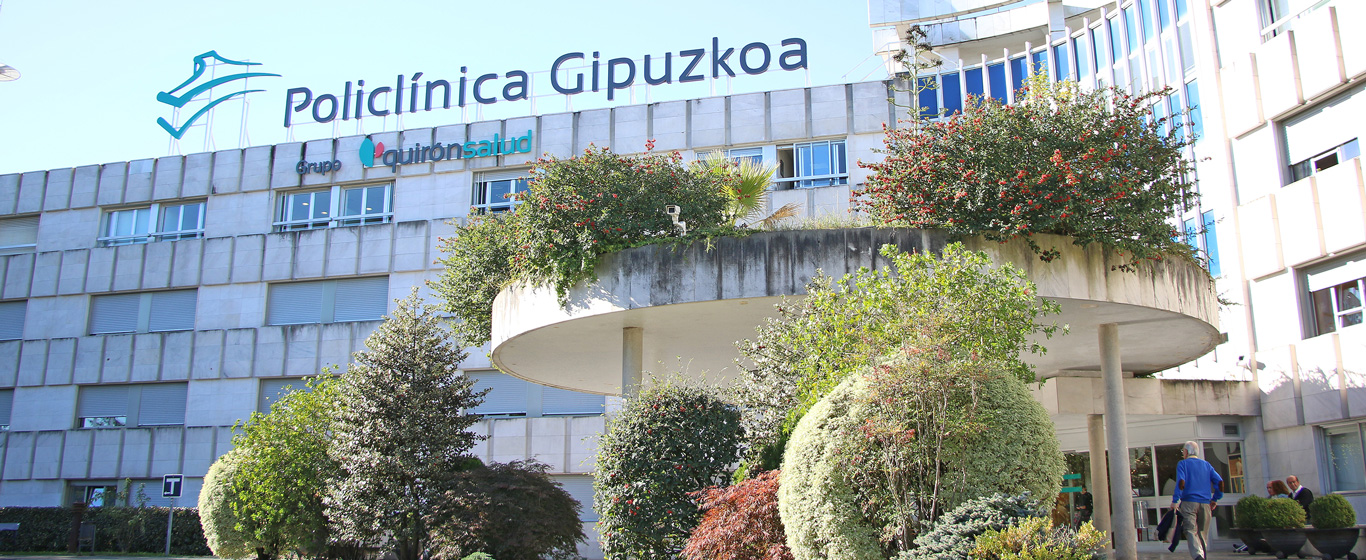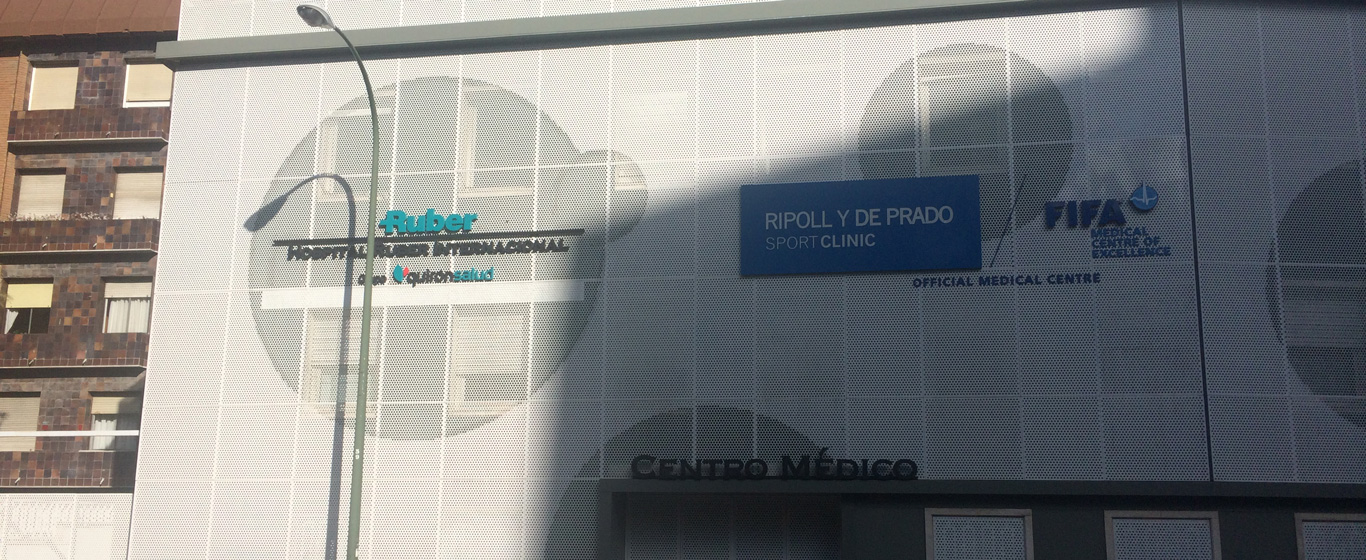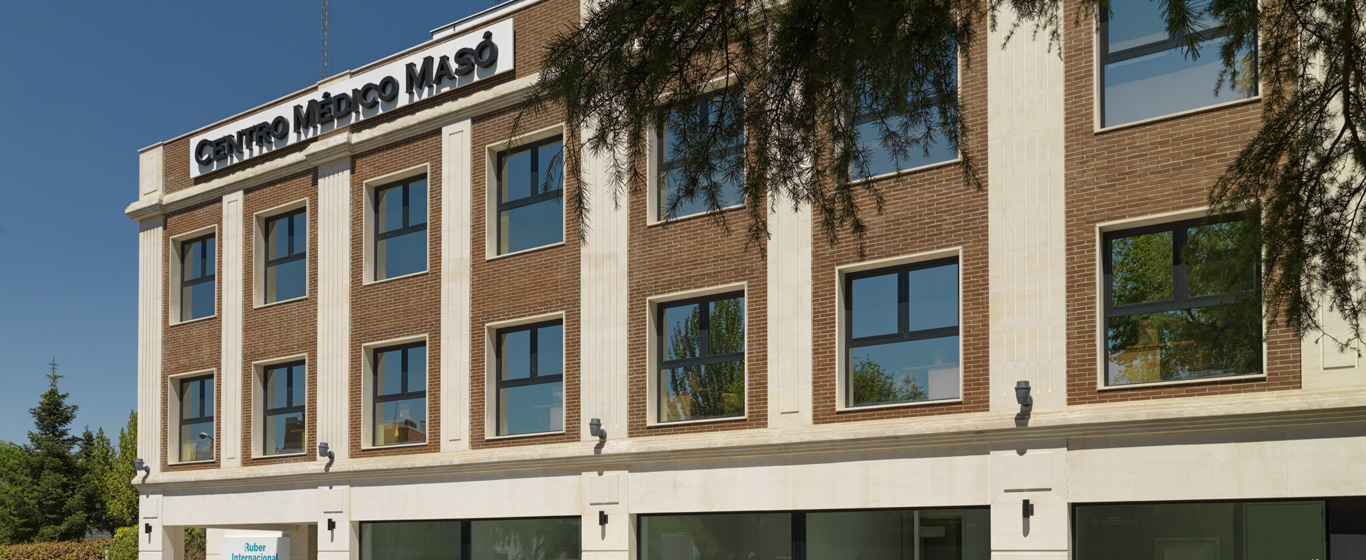Inguinal Hernia
Can an inguinal hernia heal without surgery? All the information about the causes, symptoms, and the most effective treatments for this protrusion of part of the intestine.
Symptoms and causes
An inguinal hernia occurs when part of the tissue from the abdominal cavity, such as intestine or fat, shifts and protrudes outward through a weak spot in the abdominal wall in the groin area.
The bulge that forms is usually painful, although some patients may not experience discomfort.
There are two types of inguinal hernia:
- Indirect inguinal hernia: This is the most common type. The abdominal contents protrude through the deep inguinal ring, which is the natural opening of the inguinal canal that contains the spermatic cord in men and the round ligament of the uterus in women. Since this area is the weakest point of the abdominal wall, it is prone to protrusions.
- Direct inguinal hernia: This is less common. The tissue protrudes outward through a weakened area of the abdominal muscles, near the inguinal ring.
The contents of an inguinal hernia are usually part of the small intestine, although fatty tissue (fat), the large intestine, or, less frequently, parts of the female reproductive system such as the ovary or the fallopian tube, may also protrude.
Although an inguinal hernia is not dangerous in itself, it may lead to serious complications. For this reason, it is essential to follow an appropriate treatment to eliminate it.
Symptoms
The main symptom of an inguinal hernia is the presence of a visible and palpable bulge in the groin area, which may increase in size when coughing, straining, or standing for long periods.
The bulge may or may not be painful, and some patients experience a sensation of heaviness, discomfort, or burning in the area.
Other associated symptoms may include:
- Pain or discomfort radiating to the thigh or scrotum in men.
- A feeling of pressure or weakness in the groin.
- In cases of incarcerated or strangulated hernia, severe pain, redness, and systemic symptoms (fever, nausea) require urgent medical attention.
Causes
The most frequent causes of inguinal hernia are:
- Weakness of the abdominal wall due to improper closure of the inguinal canal, usually congenital.
- Intense physical exertion.
- Chronic cough.
- Increased intra-abdominal pressure.
Risk Factors
Inguinal hernia is more frequent in the following cases:
- Men: incidence is higher in males.
- Older age: over time, muscles become weaker.
- Pregnant women: in addition to muscle weakening, intra-abdominal pressure increases.
- Chronic constipation or cough: constant straining favors hernia development.
- Personal history: when a hernia has occurred on one side of the groin, the likelihood of developing one on the opposite side in the future is higher.
- Obesity.
- Smoking.
- Family history.
- Premature birth.
- Low birth weight.
Complications
If left untreated, a hernia can cause serious complications. The most significant are:
- Incarcerated hernia: the herniated content becomes trapped in the sac that encloses it and cannot return to its original position. If part of the intestine is involved, the inability of stool to pass through normally may lead to distention, severe pain, nausea, and vomiting.
- Strangulated hernia: this occurs as a consequence of an incarcerated hernia. When inflammation develops, pressure increases and blood circulation is impaired, leading to tissue necrosis. If part of the intestine dies, the patient is at risk of death.
- Intestinal perforation.
- Peritonitis: infection of the peritoneum, the tissue lining the abdomen.
Prevention
An inguinal hernia caused by a congenital defect cannot be prevented. To avoid excessive abdominal pressure, the following are recommended:
- Maintain a healthy weight.
- Quit smoking: smoking often leads to chronic cough that favors hernia formation. In addition, it may worsen symptoms.
- Drink plenty of water and eat fiber-rich foods to prevent constipation.
- Avoid lifting heavy objects, and if necessary, use proper lifting technique (bending the knees).
- Avoid strenuous exertion.
Which doctor treats an inguinal hernia?
Inguinal hernia is commonly diagnosed during a pediatric or general medicine consultation.
Diagnosis
In most cases, an inguinal hernia is diagnosed through a physical examination. If the bulge is not visible, the specialist may ask the patient to cough or move to help it appear. Once protruded, the content is palpated to assess its severity.
Small hernias that cannot be detected through observation or palpation are diagnosed using imaging tests such as ultrasound, MRI, or CT scan.
Treatment
In cases of small hernias with no risk of strangulation, periodic monitoring is performed to check their progression, but they do not resolve spontaneously. To permanently eliminate an inguinal hernia, surgical treatment is required.
Inguinal hernia surgery can be performed using two different techniques:
- Lichtenstein technique: an open surgery in which an incision is made in the groin (the scar is concealed in the skin fold). After repositioning the abdominal contents, a mesh is placed to reinforce the abdominal wall. It is mainly used in older adults or patients who cannot undergo general anesthesia.
- Laparoscopic surgery: only two or three small incisions are made through which the instruments are inserted. In this approach, the displaced tissue is also repositioned, and a mesh is placed to keep it in place. Recovery is faster, and postoperative complications are fewer.
Postoperative recovery lasts between two and four weeks, and it is longer if open surgery is required. During the first few days, relative rest is necessary, although it is recommended to start moving as soon as possible. Physical activity (walking, climbing stairs) and exertion can be gradually resumed.




